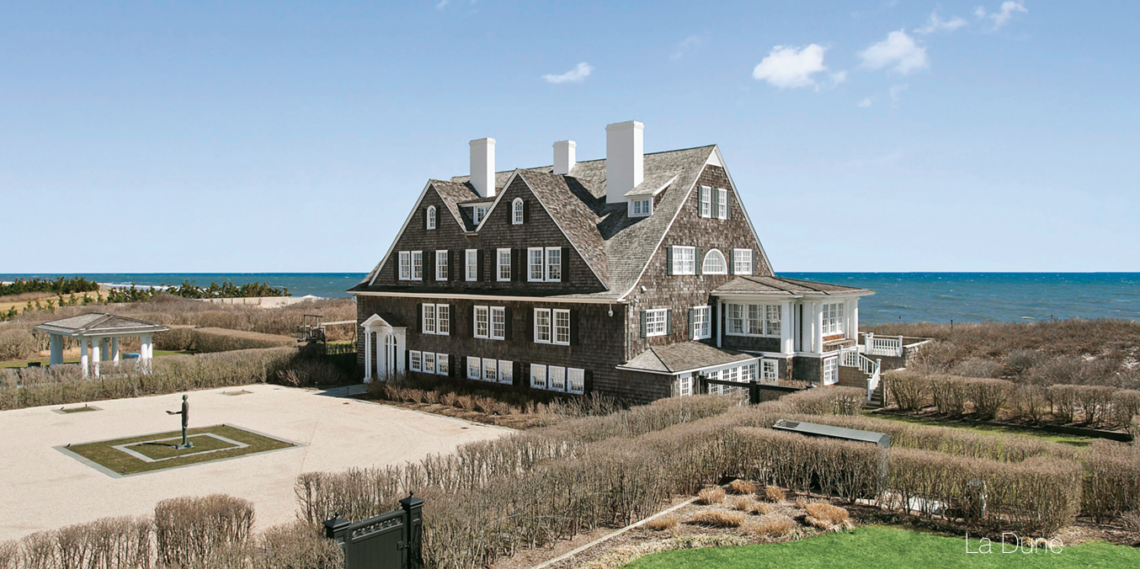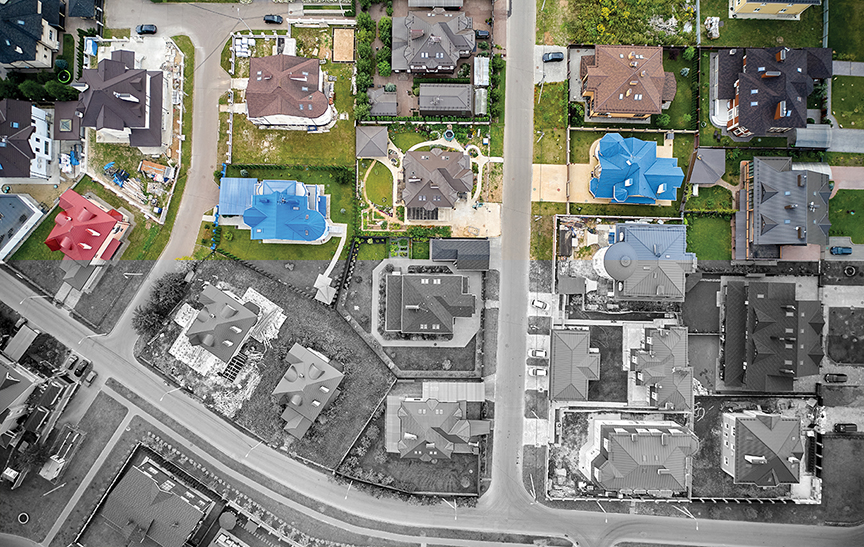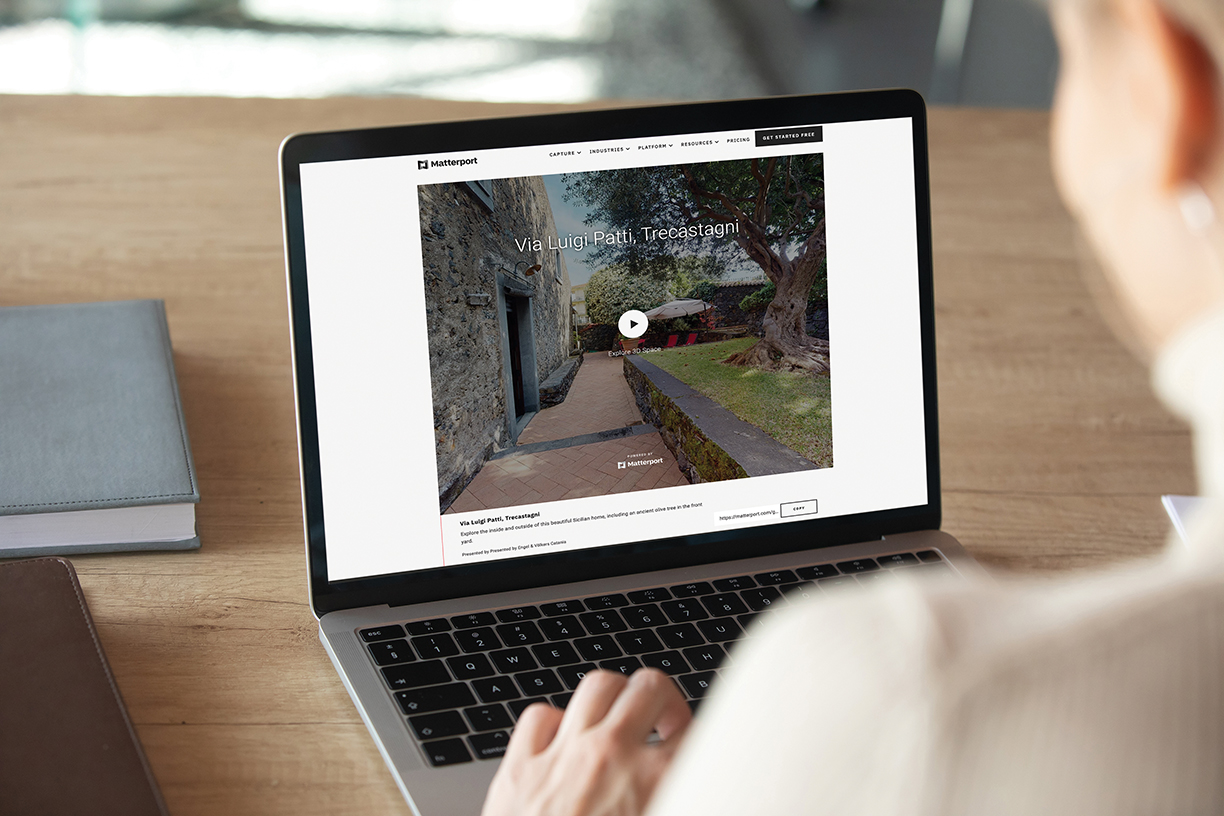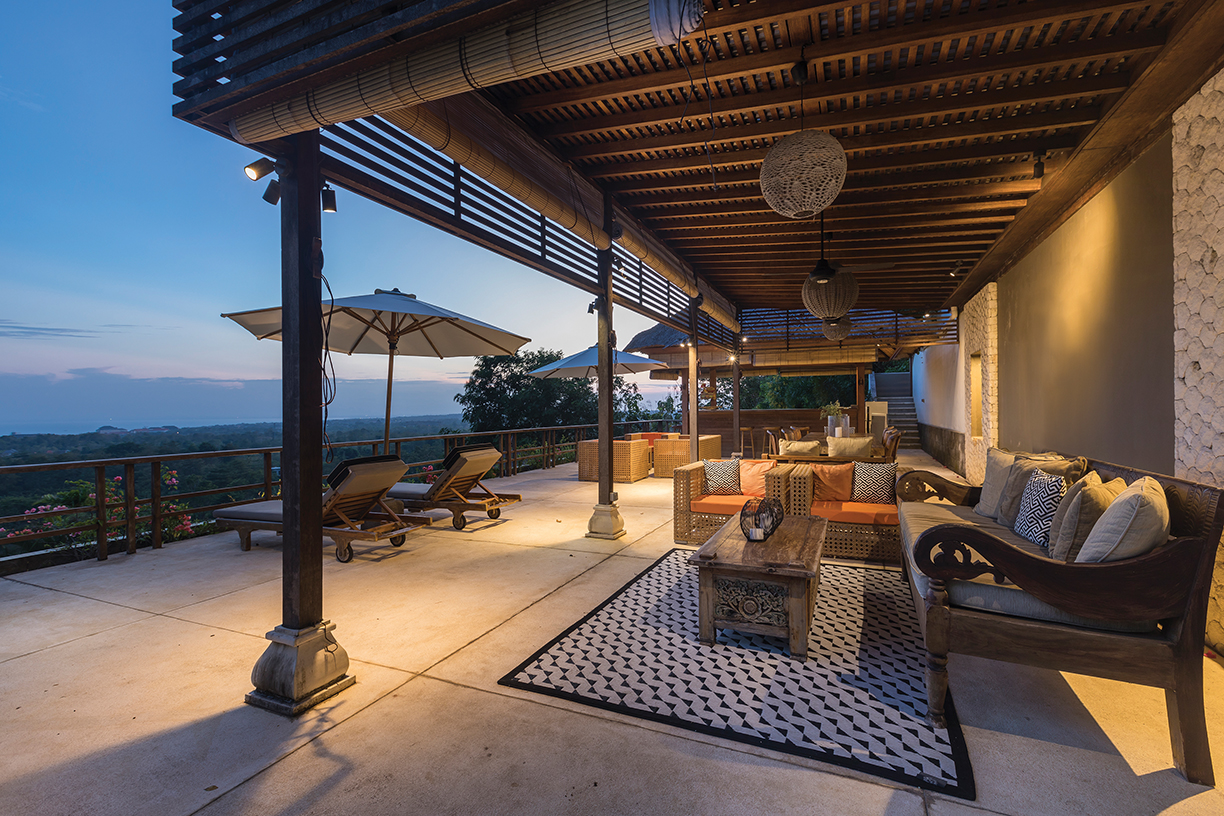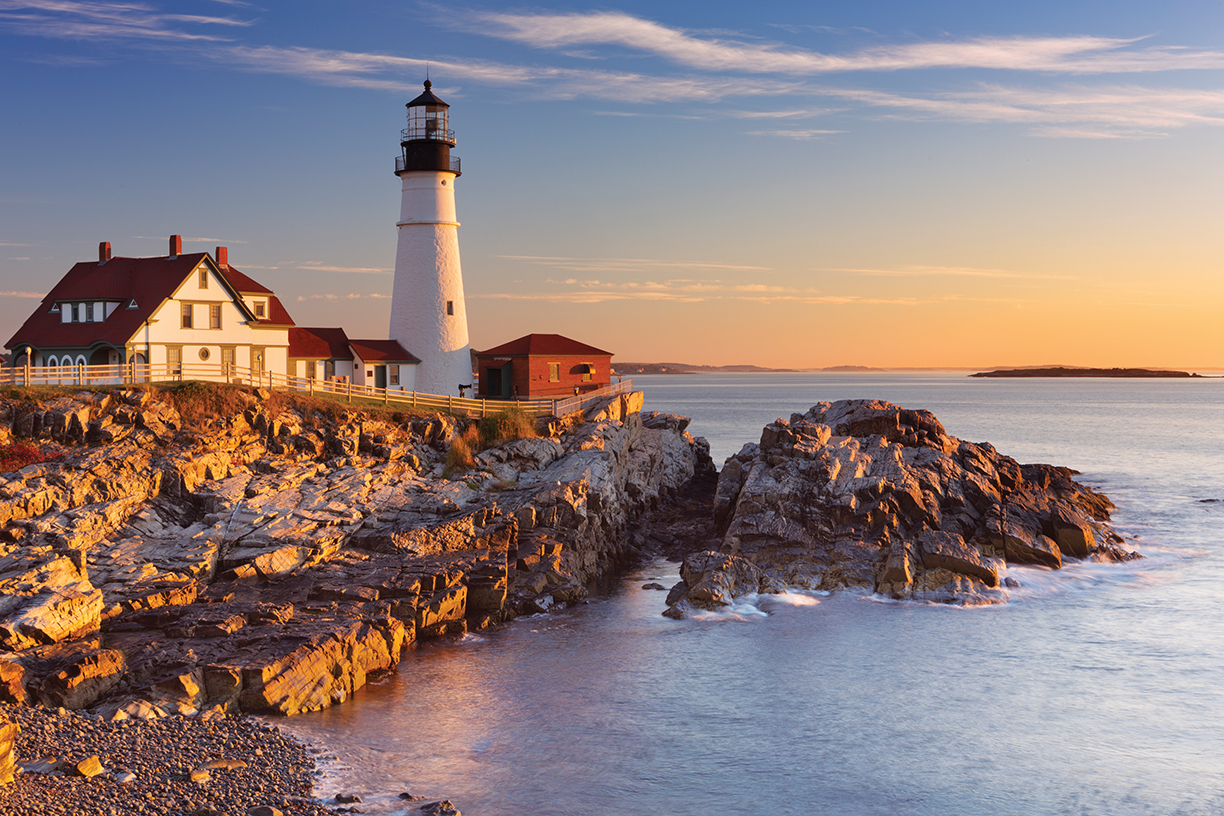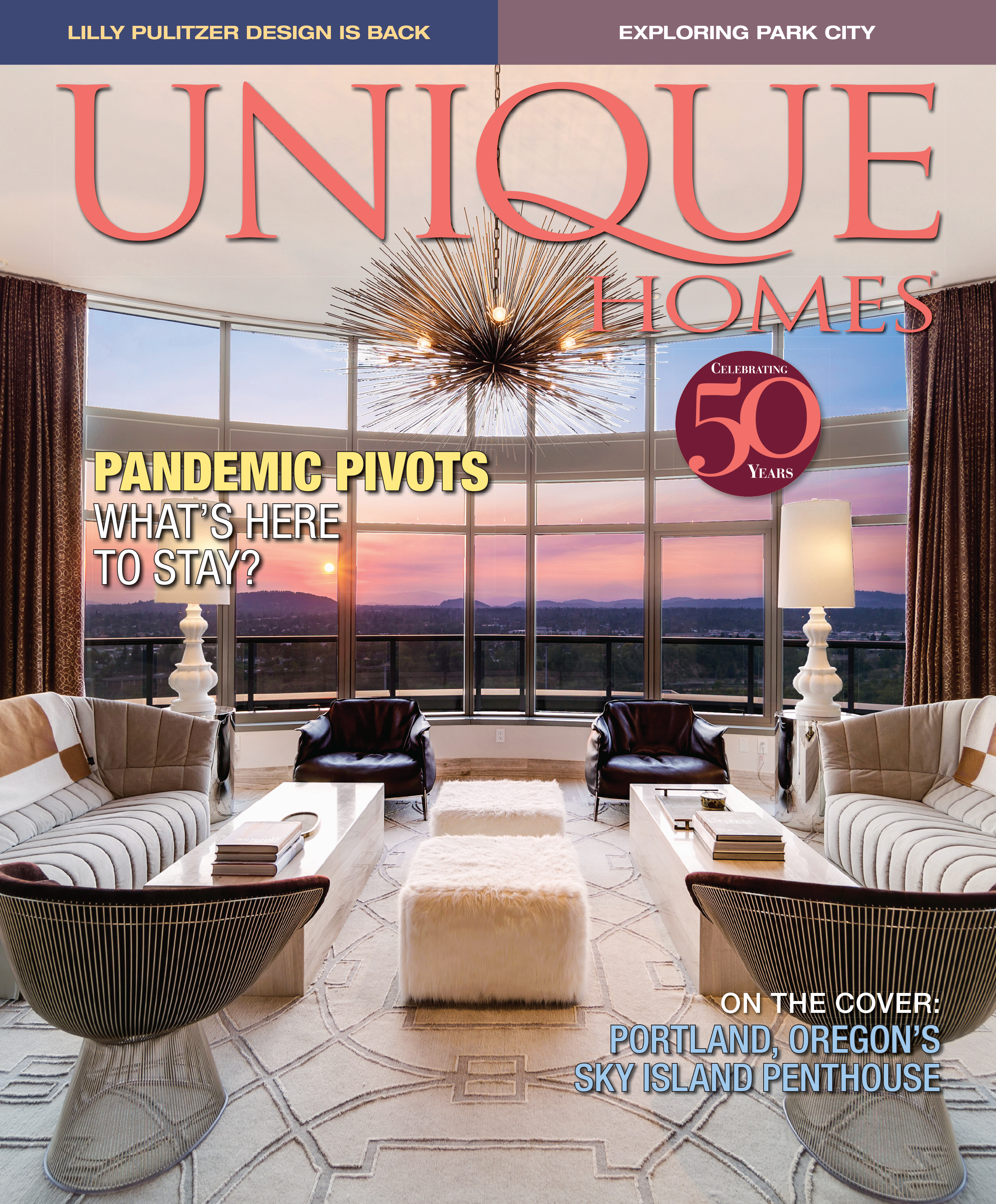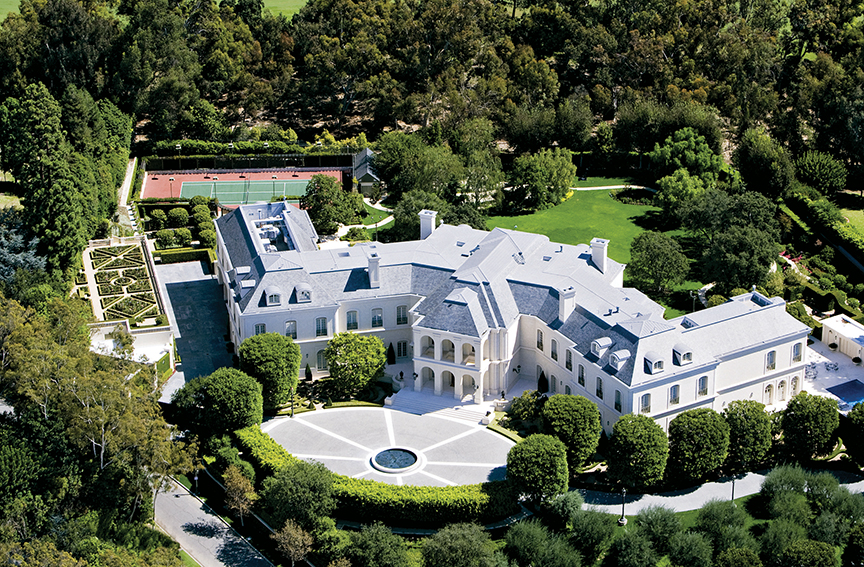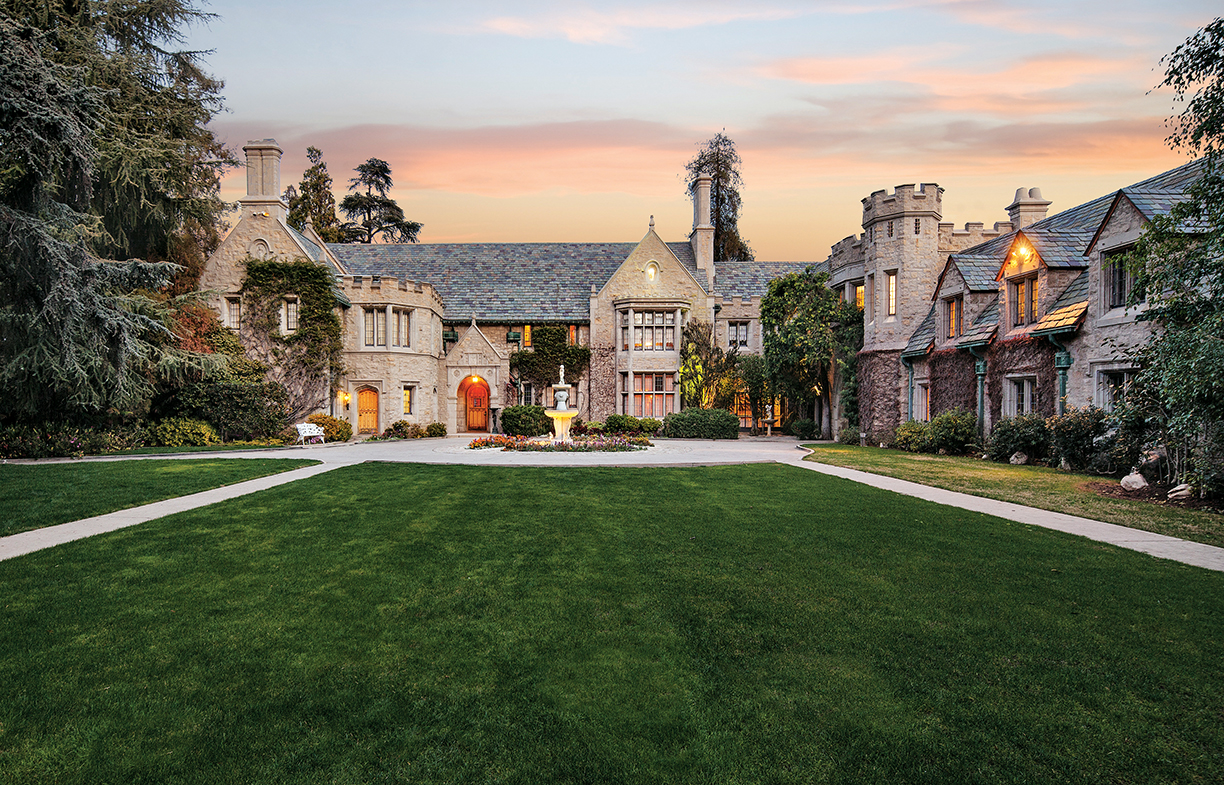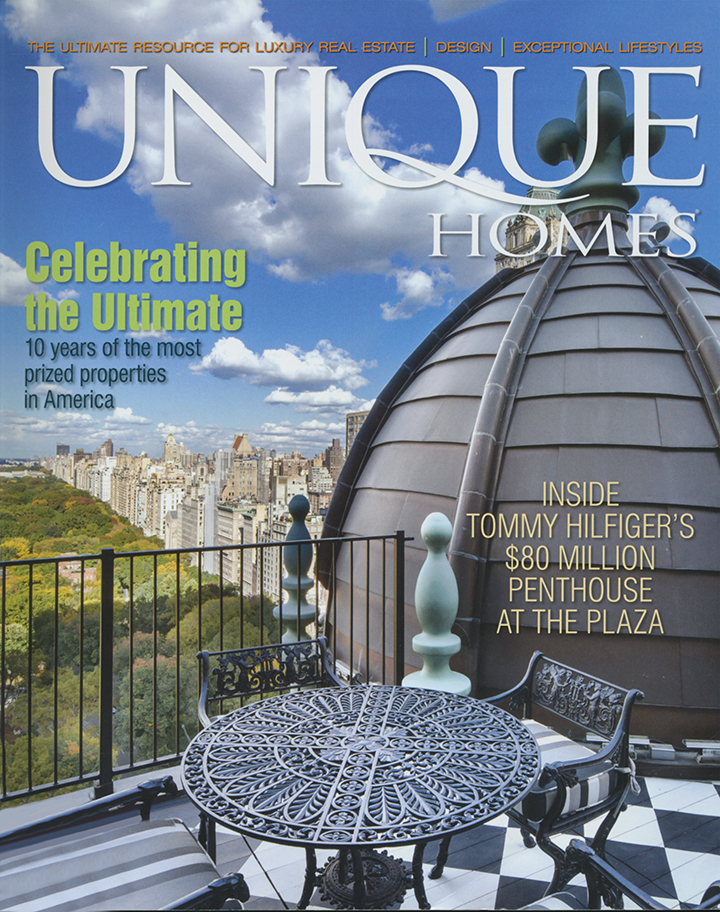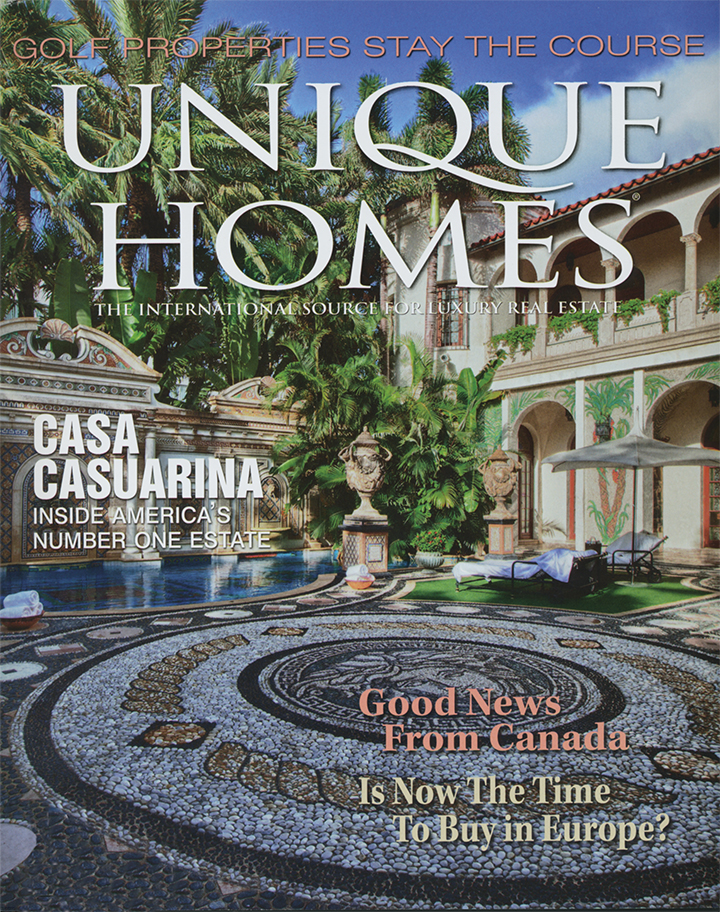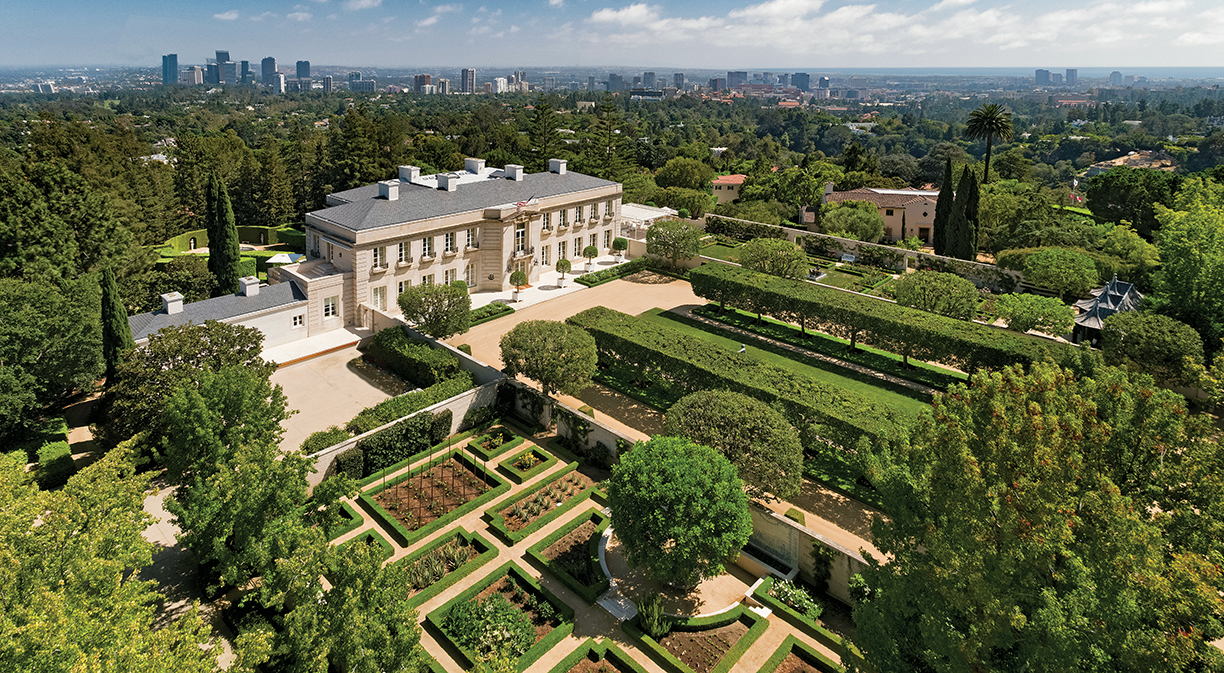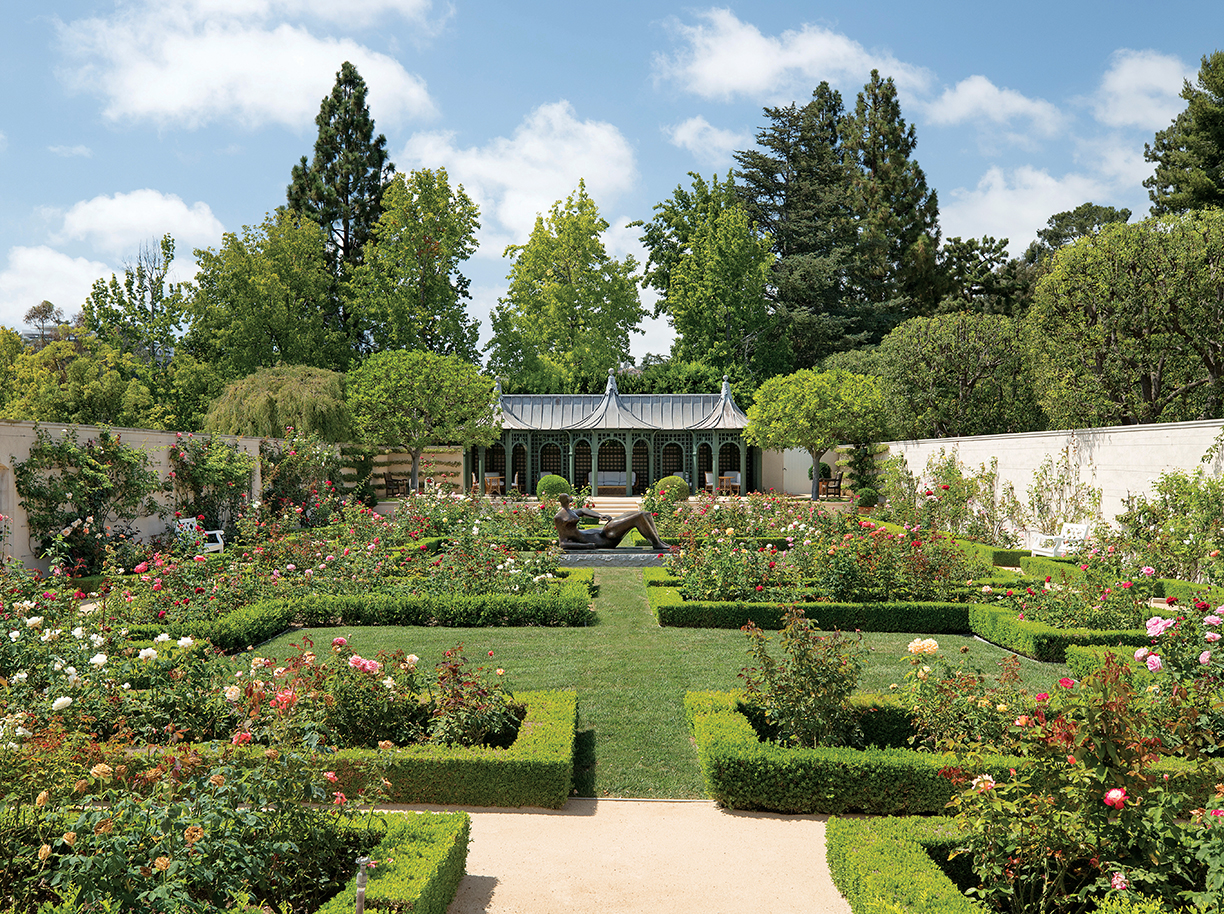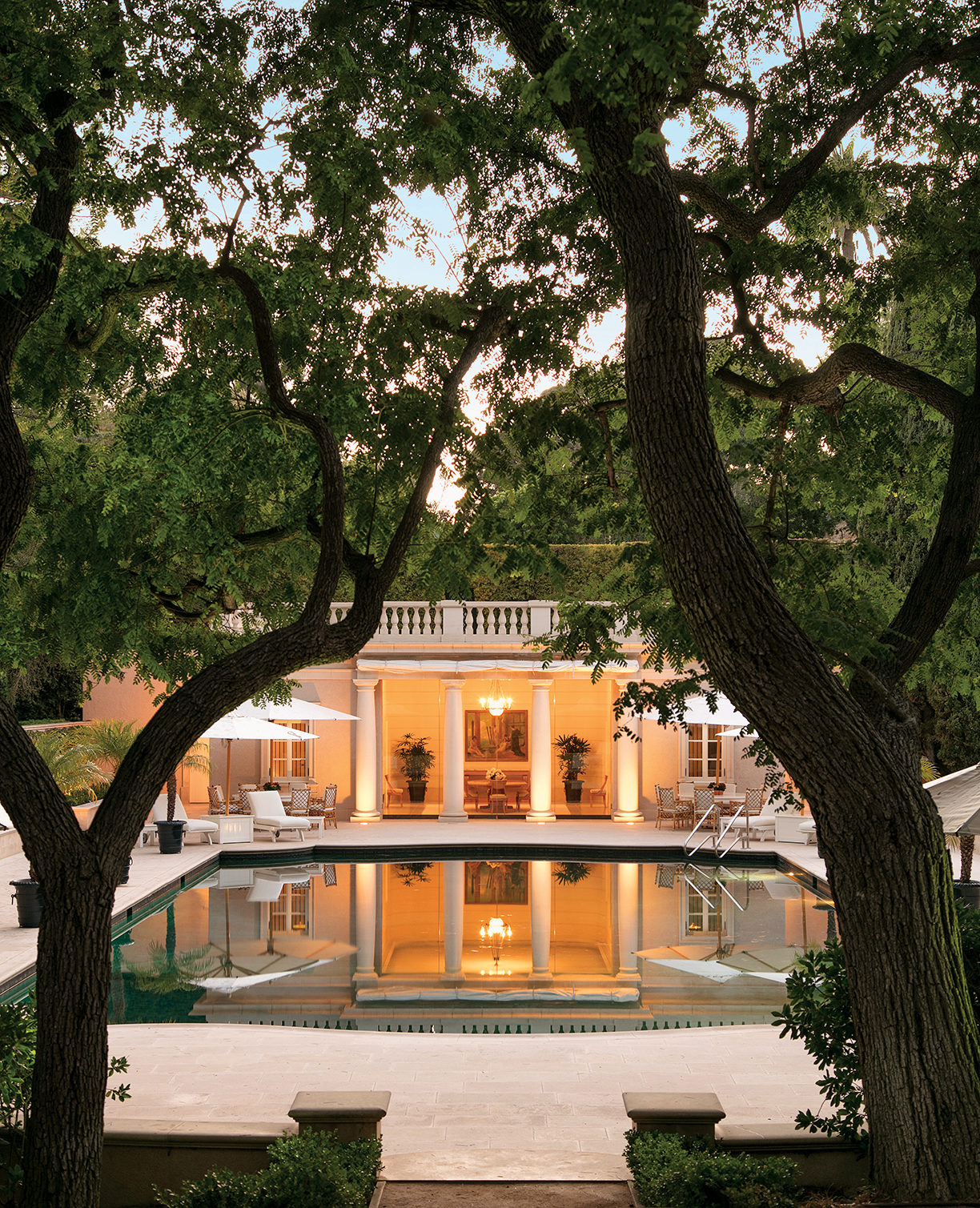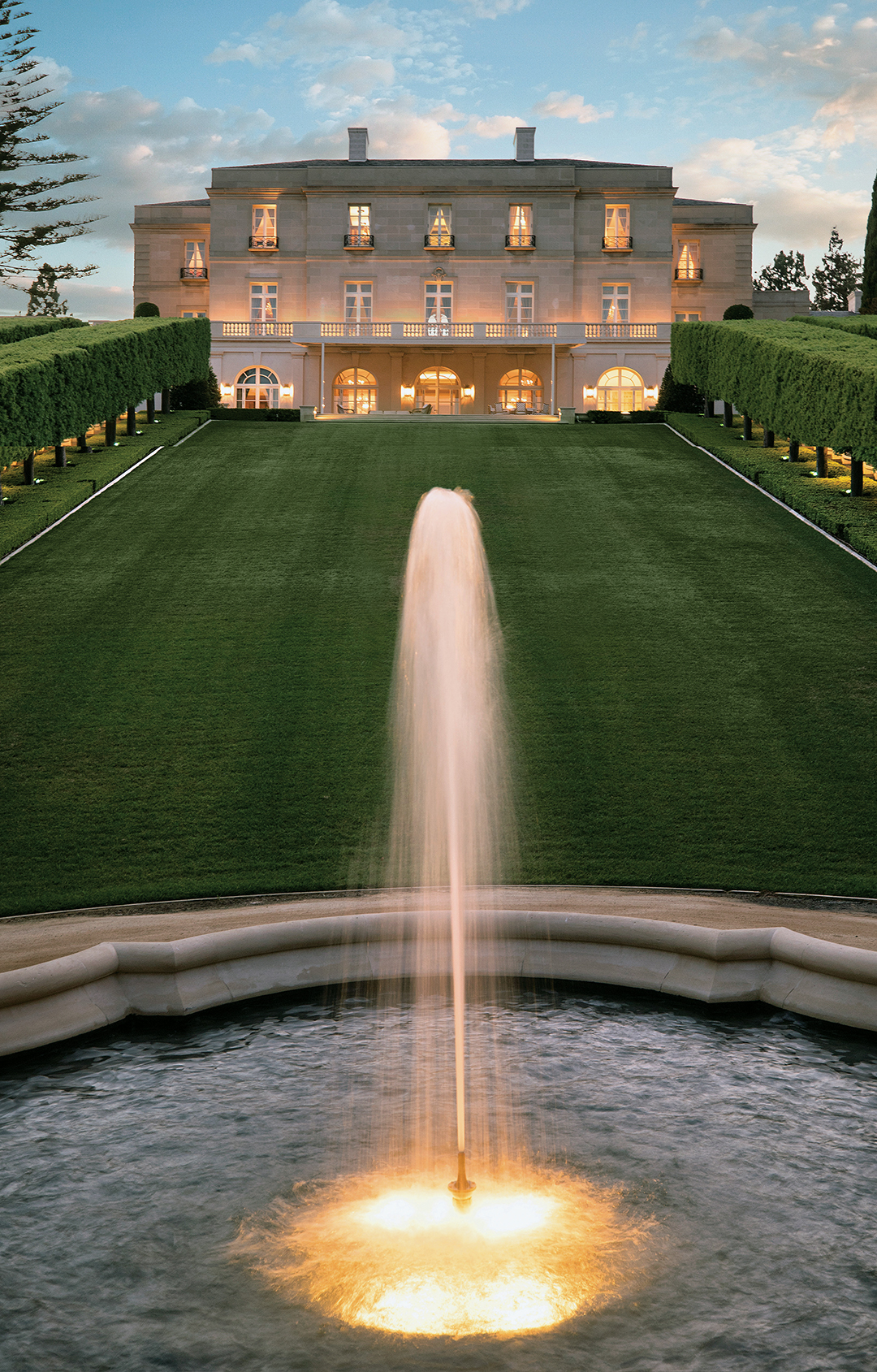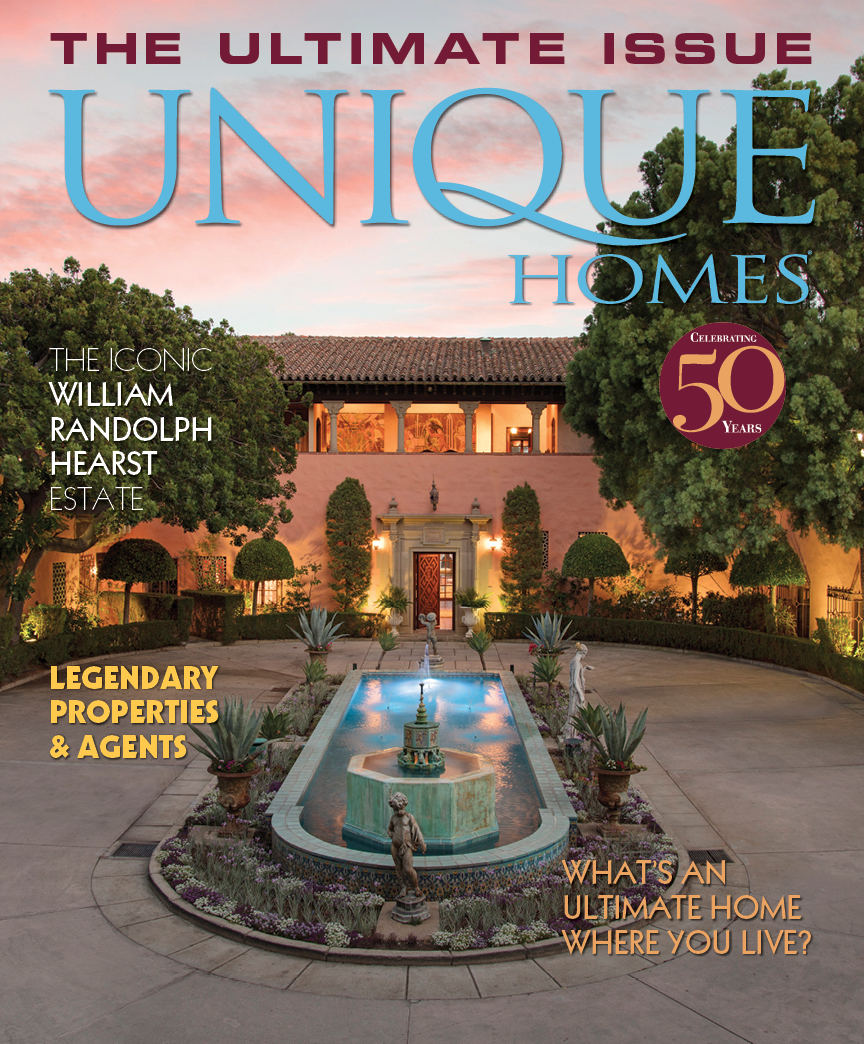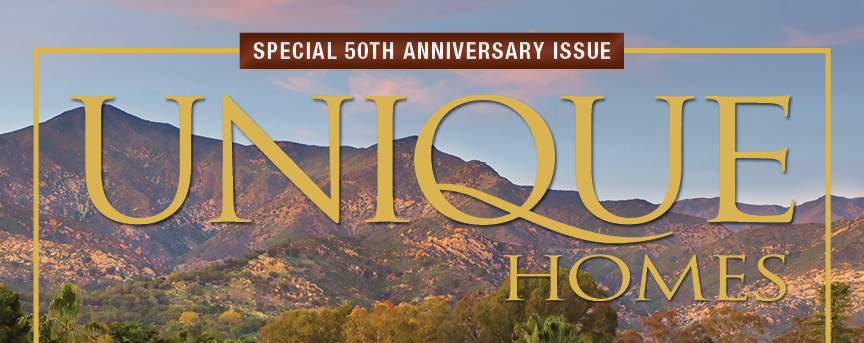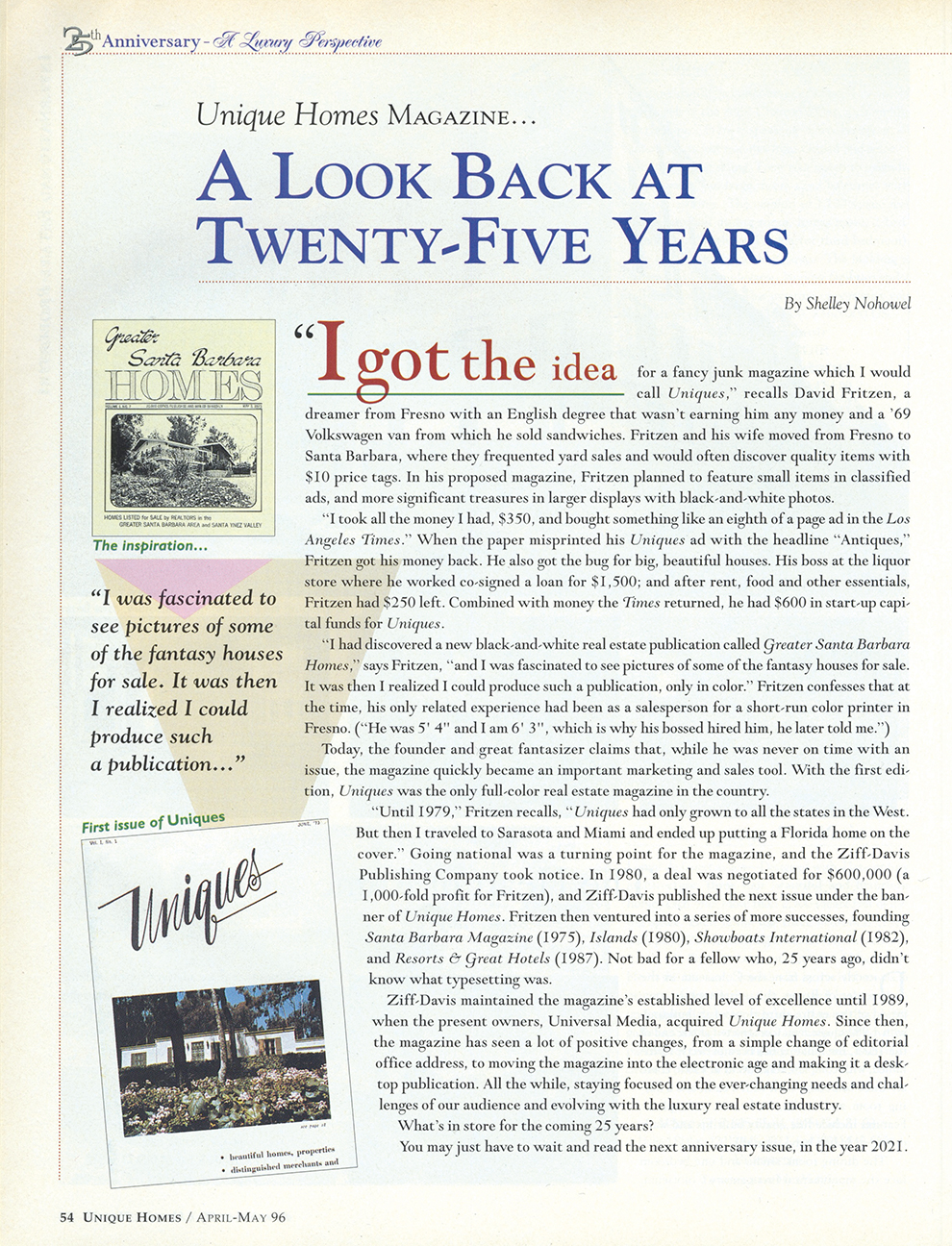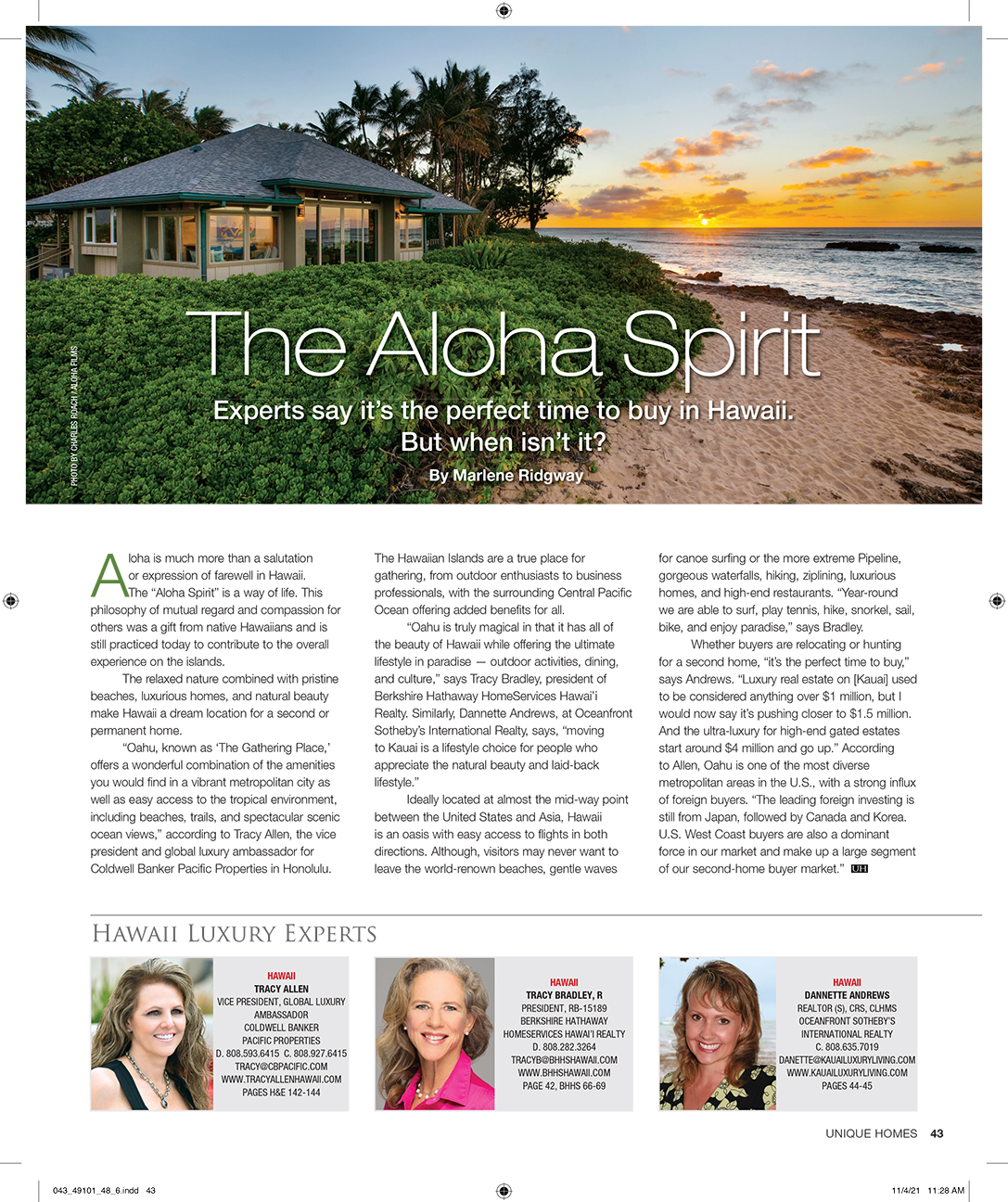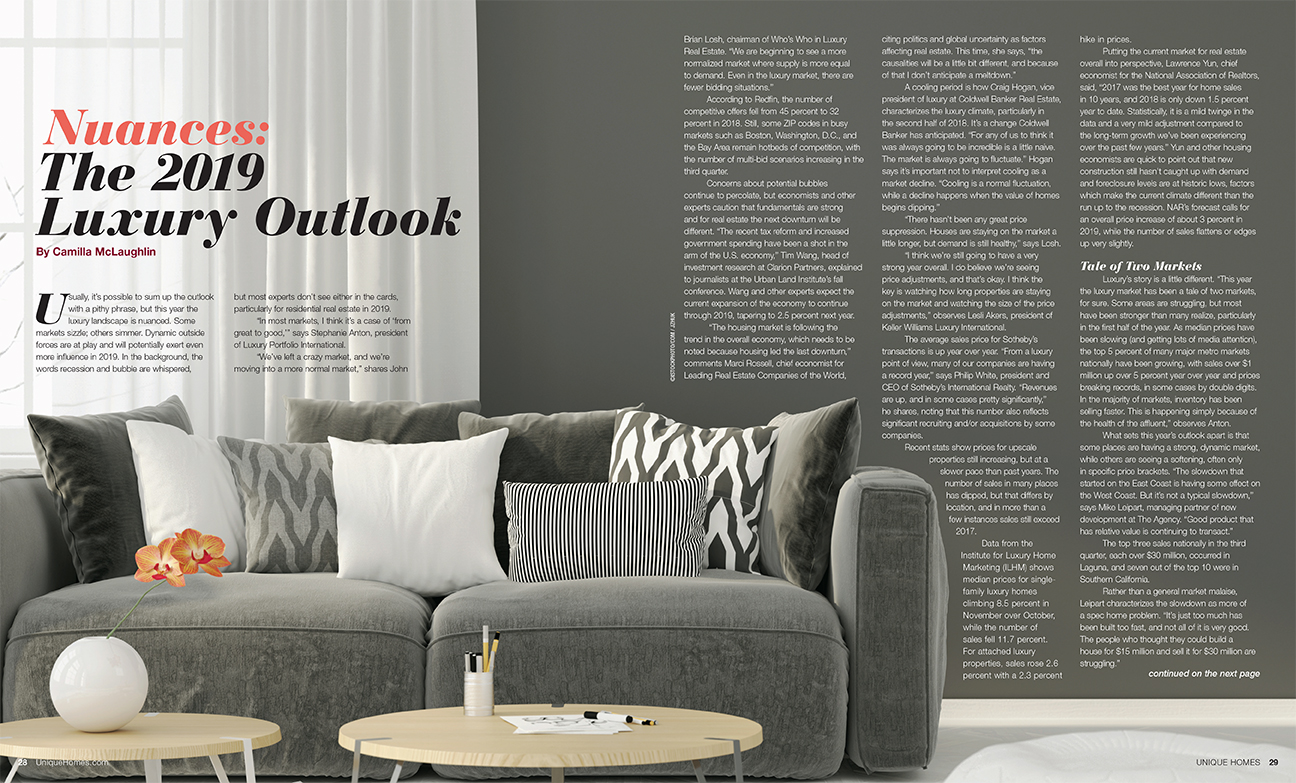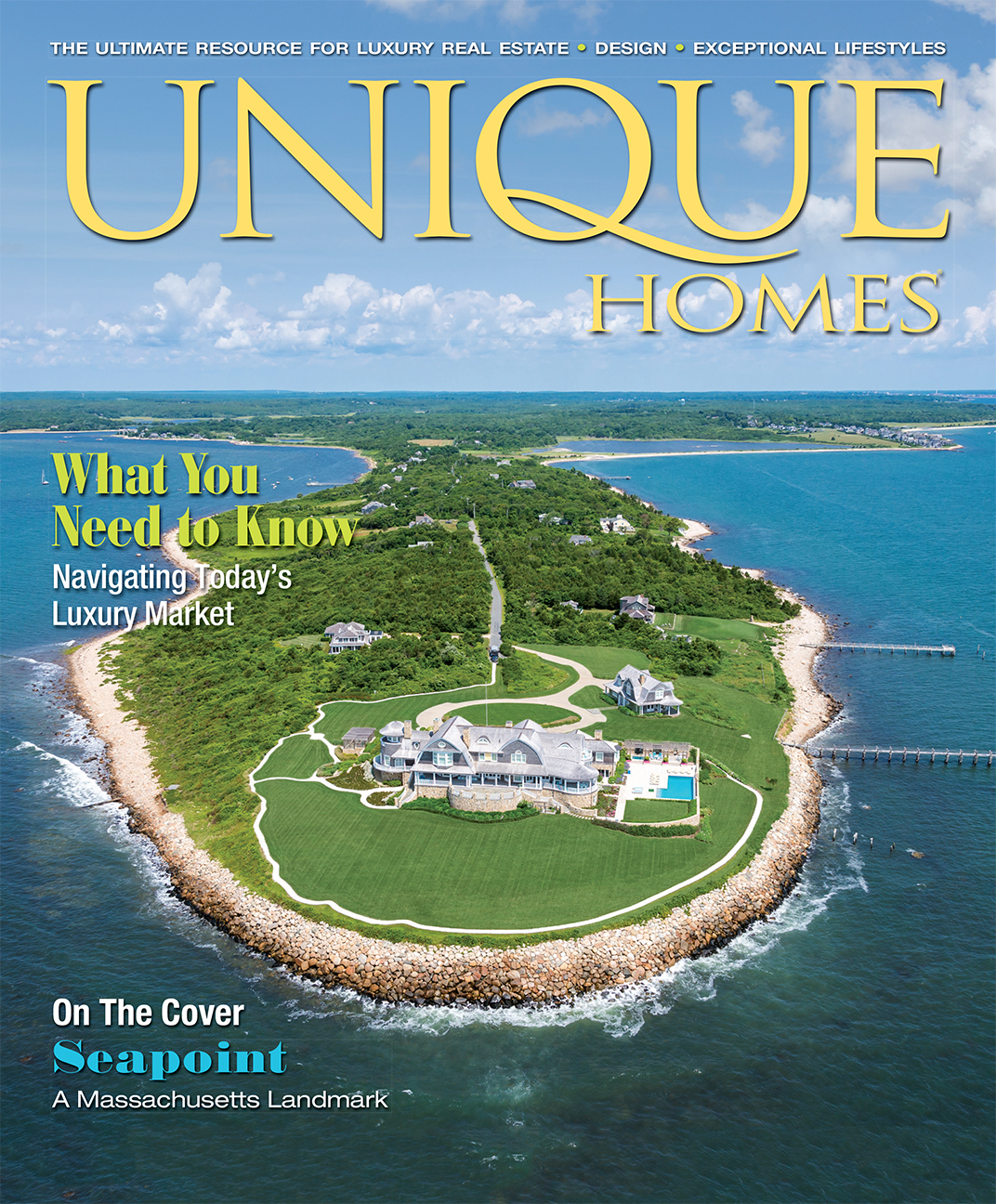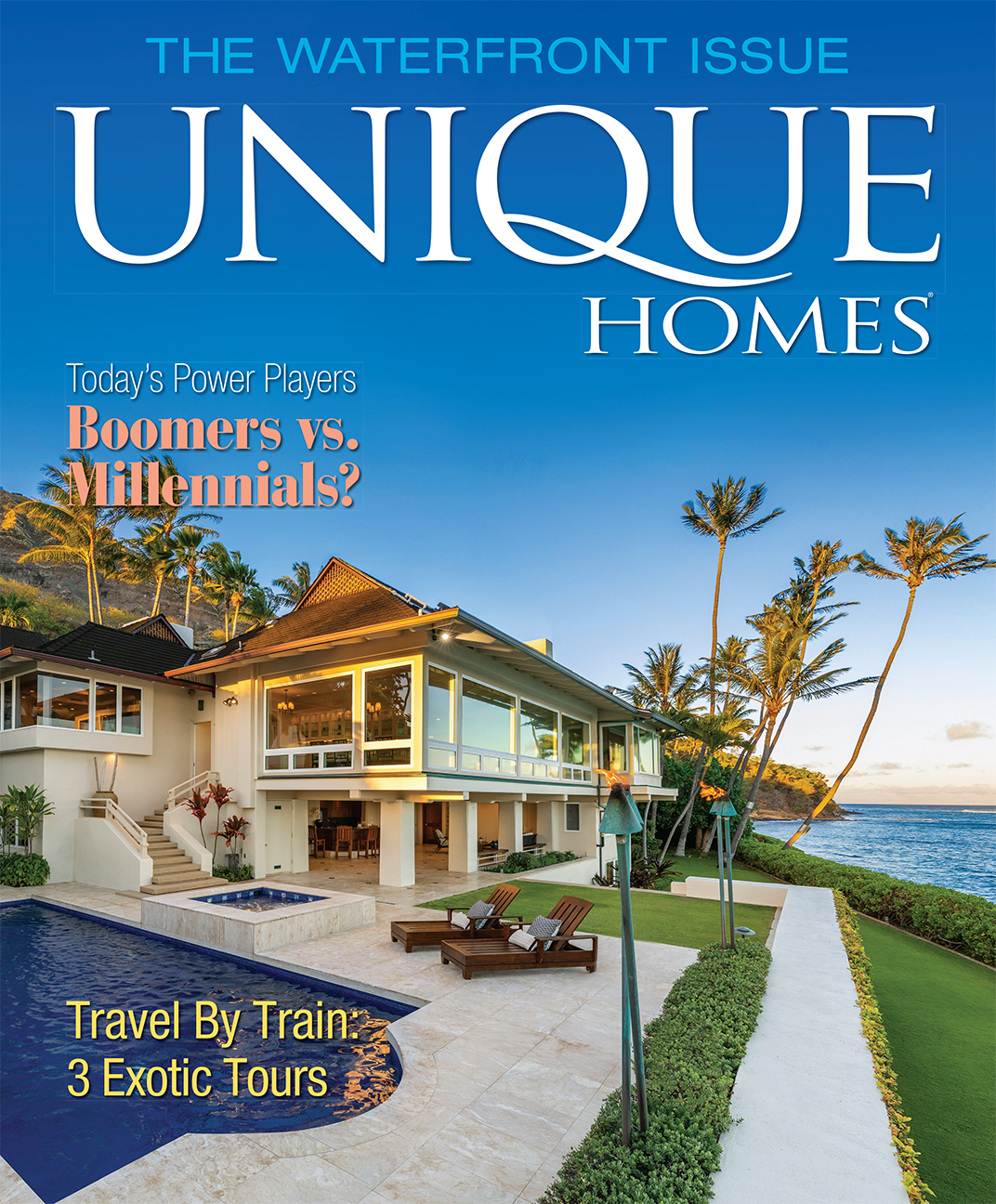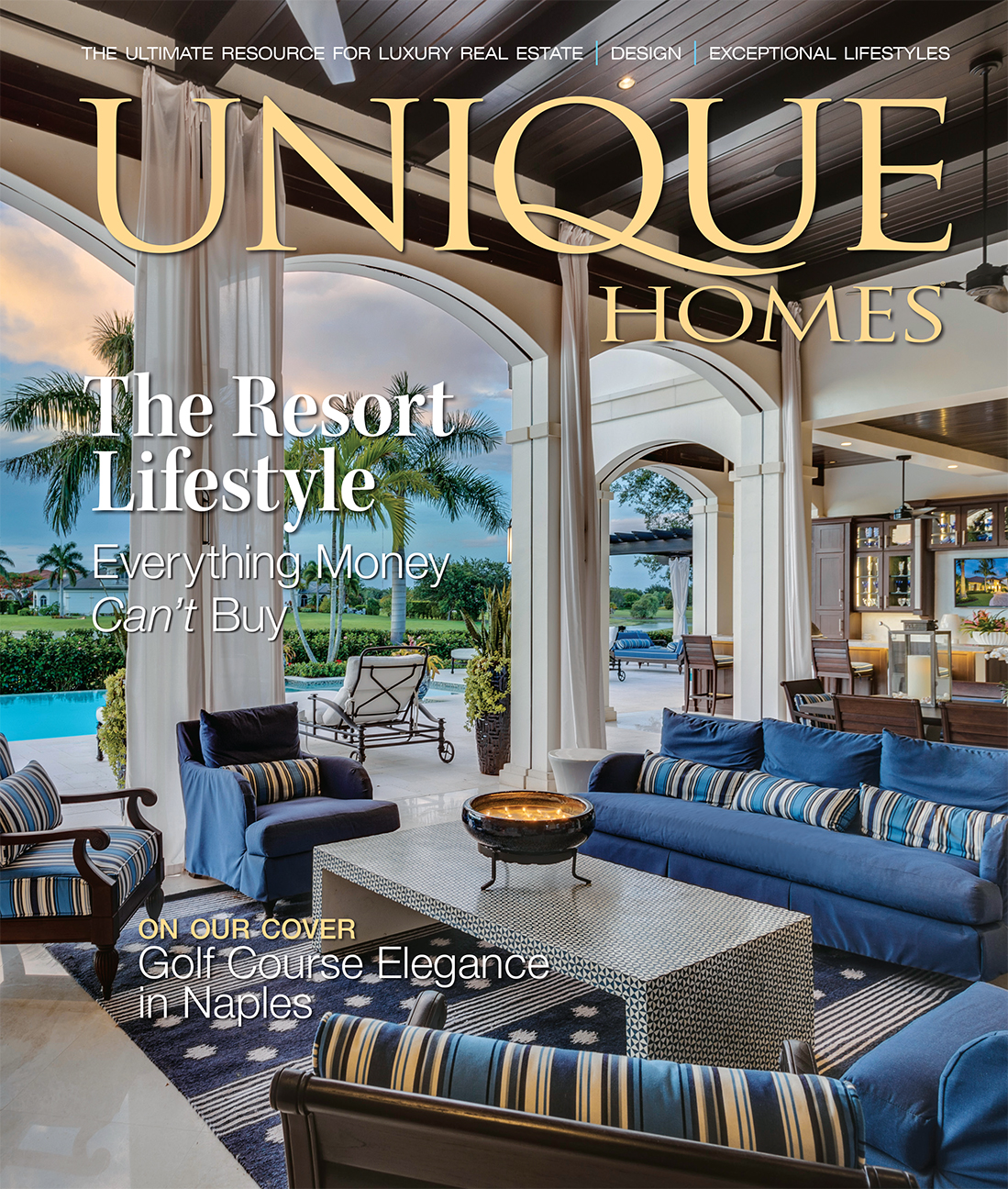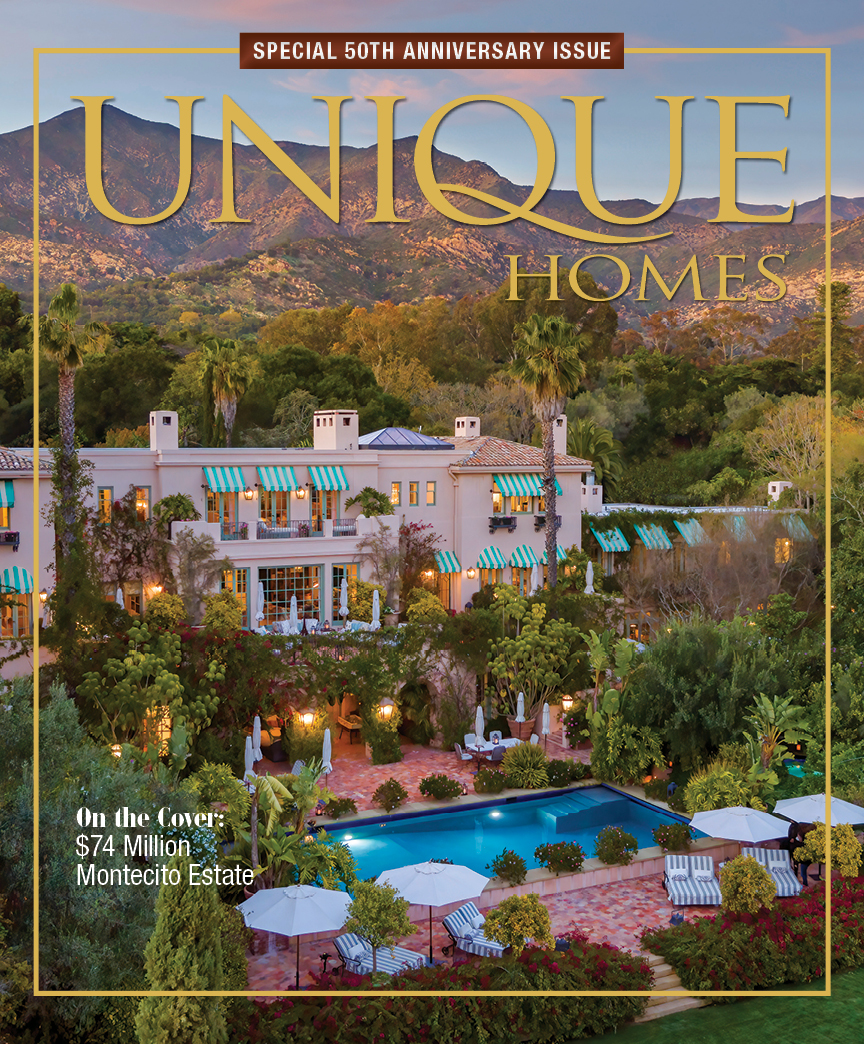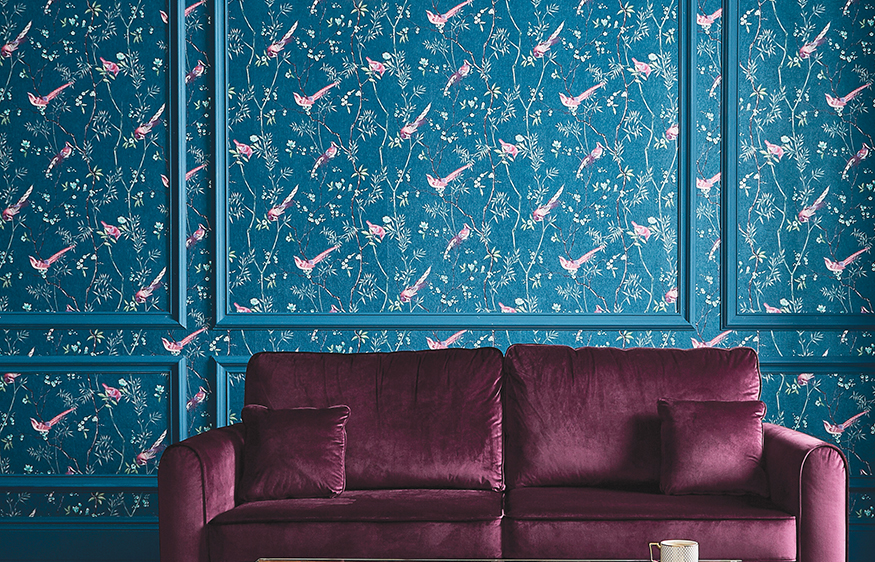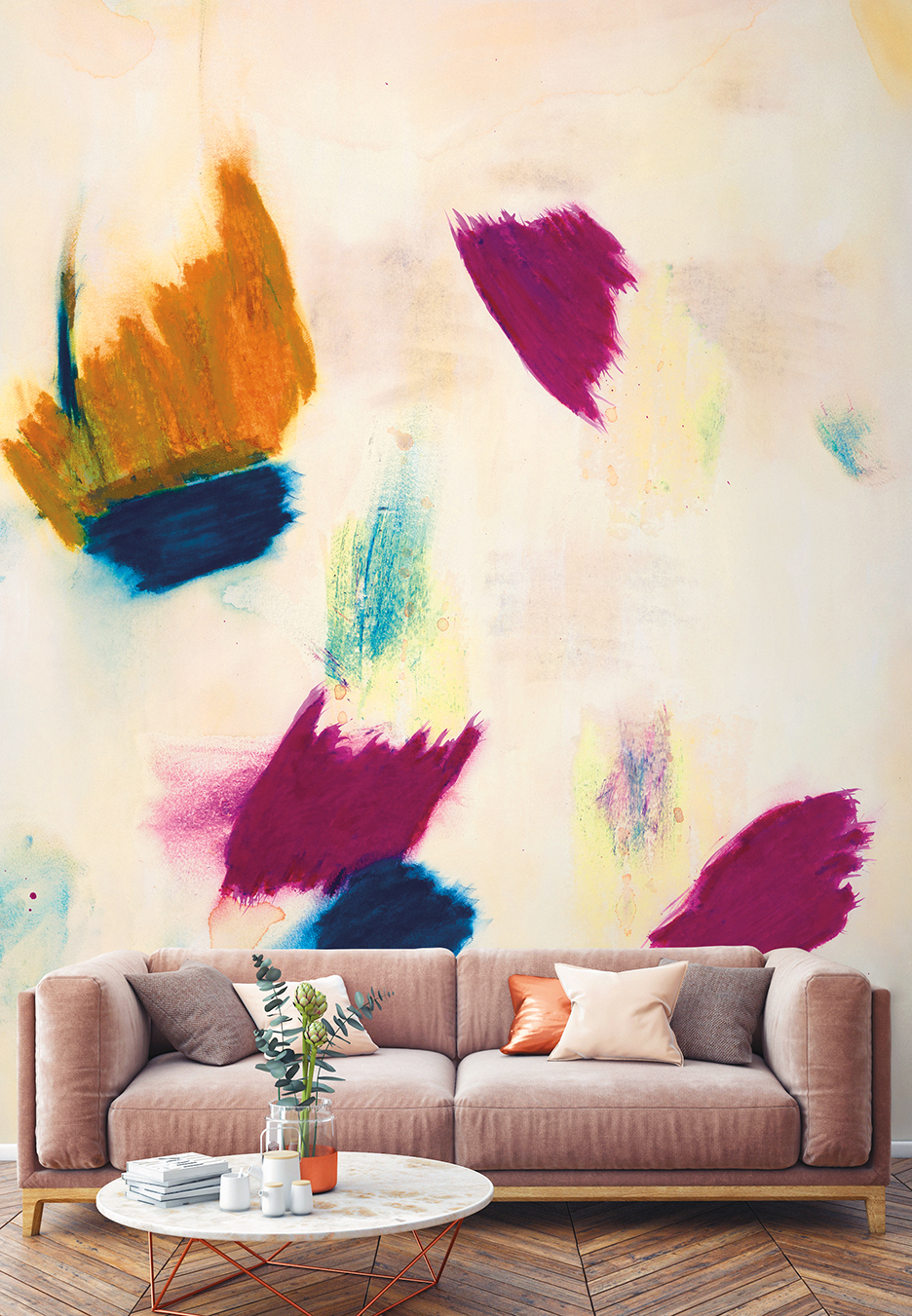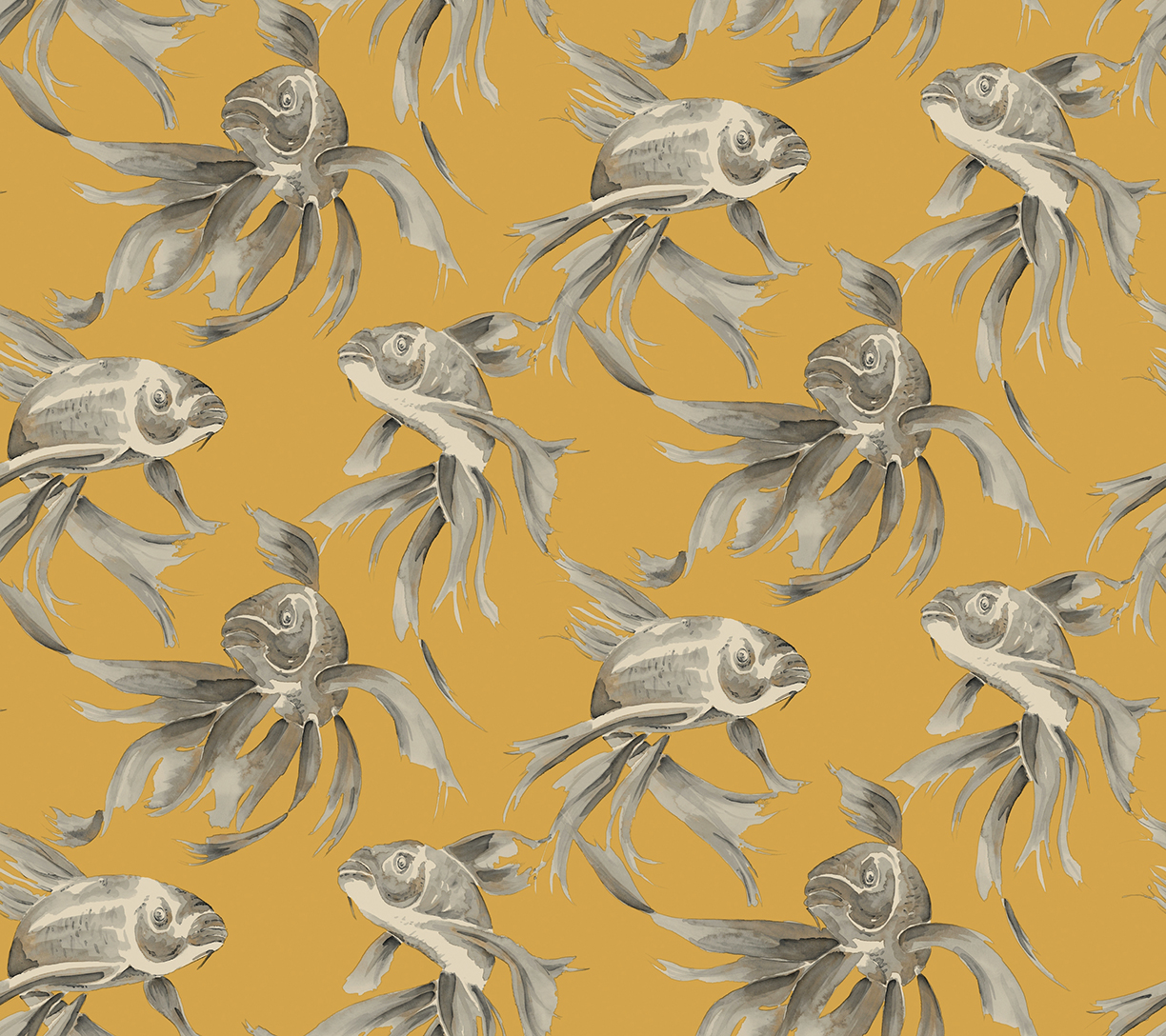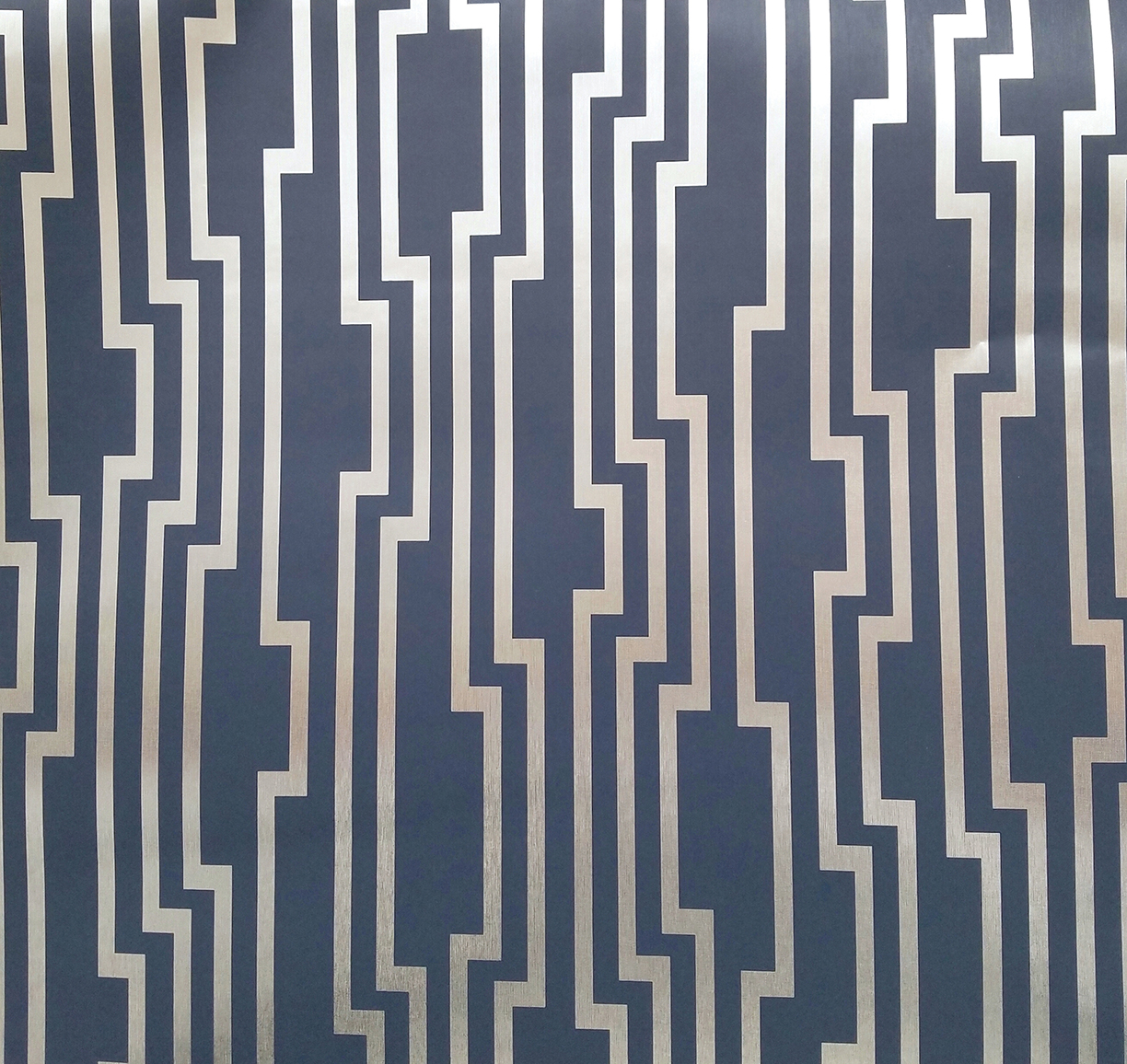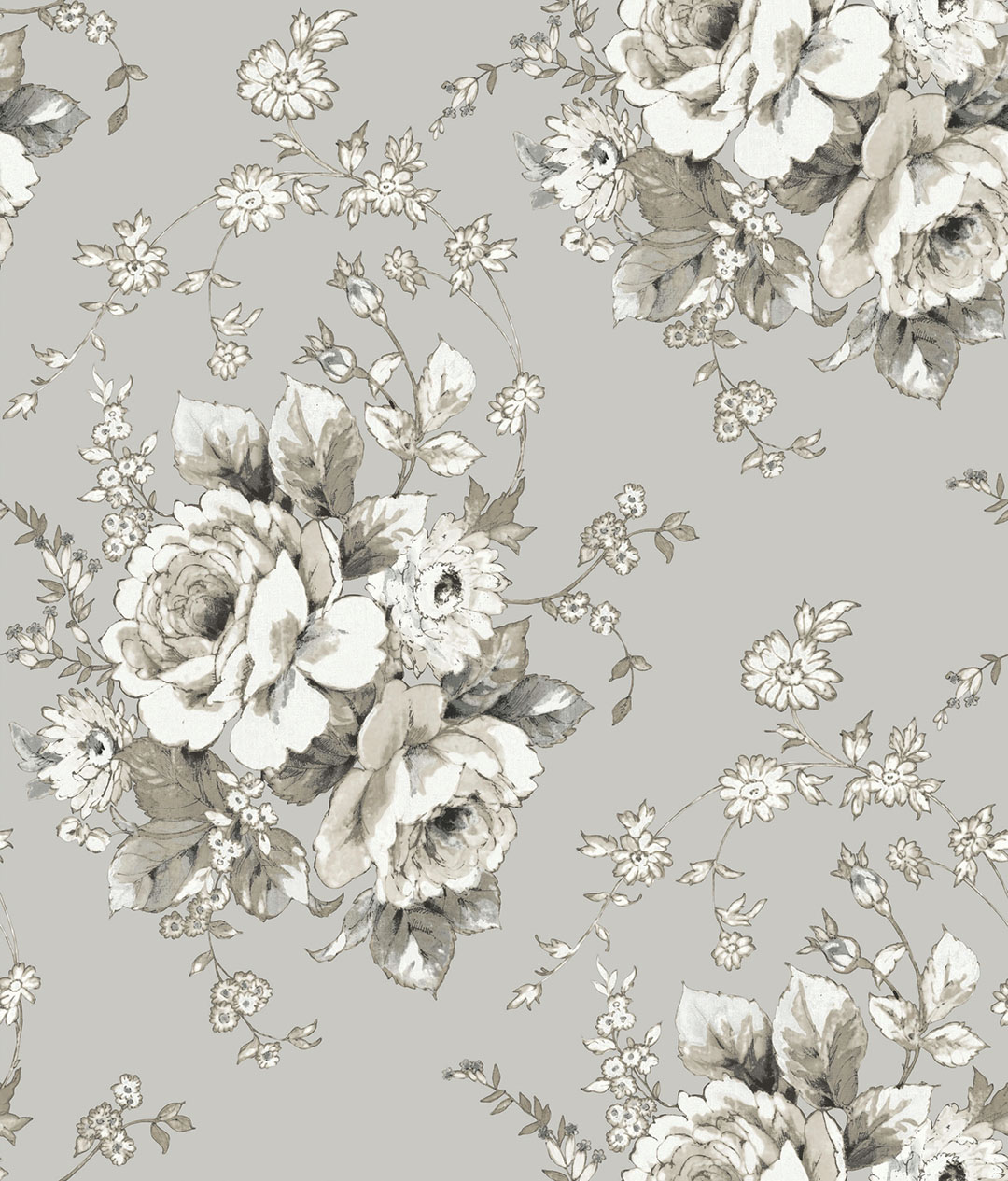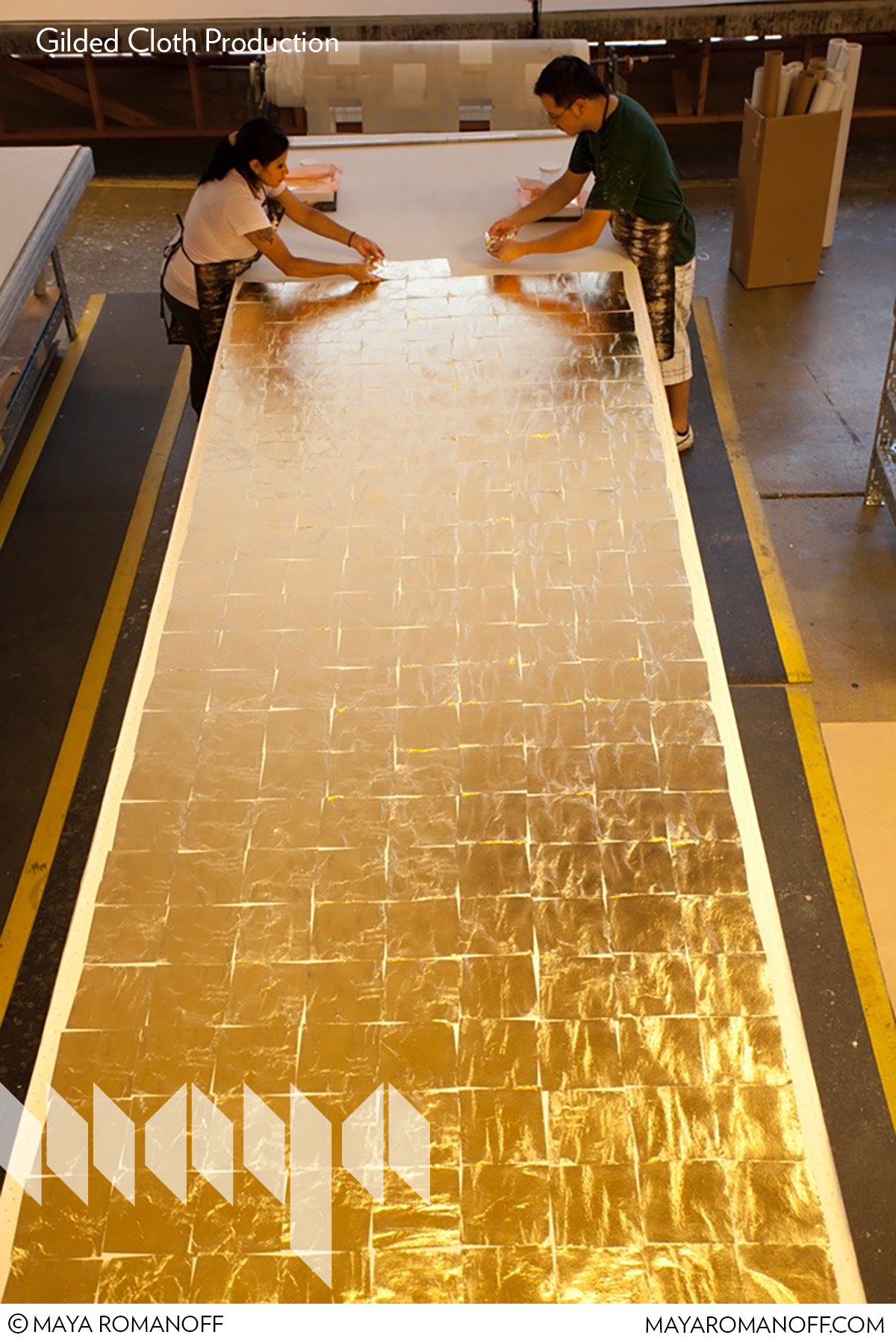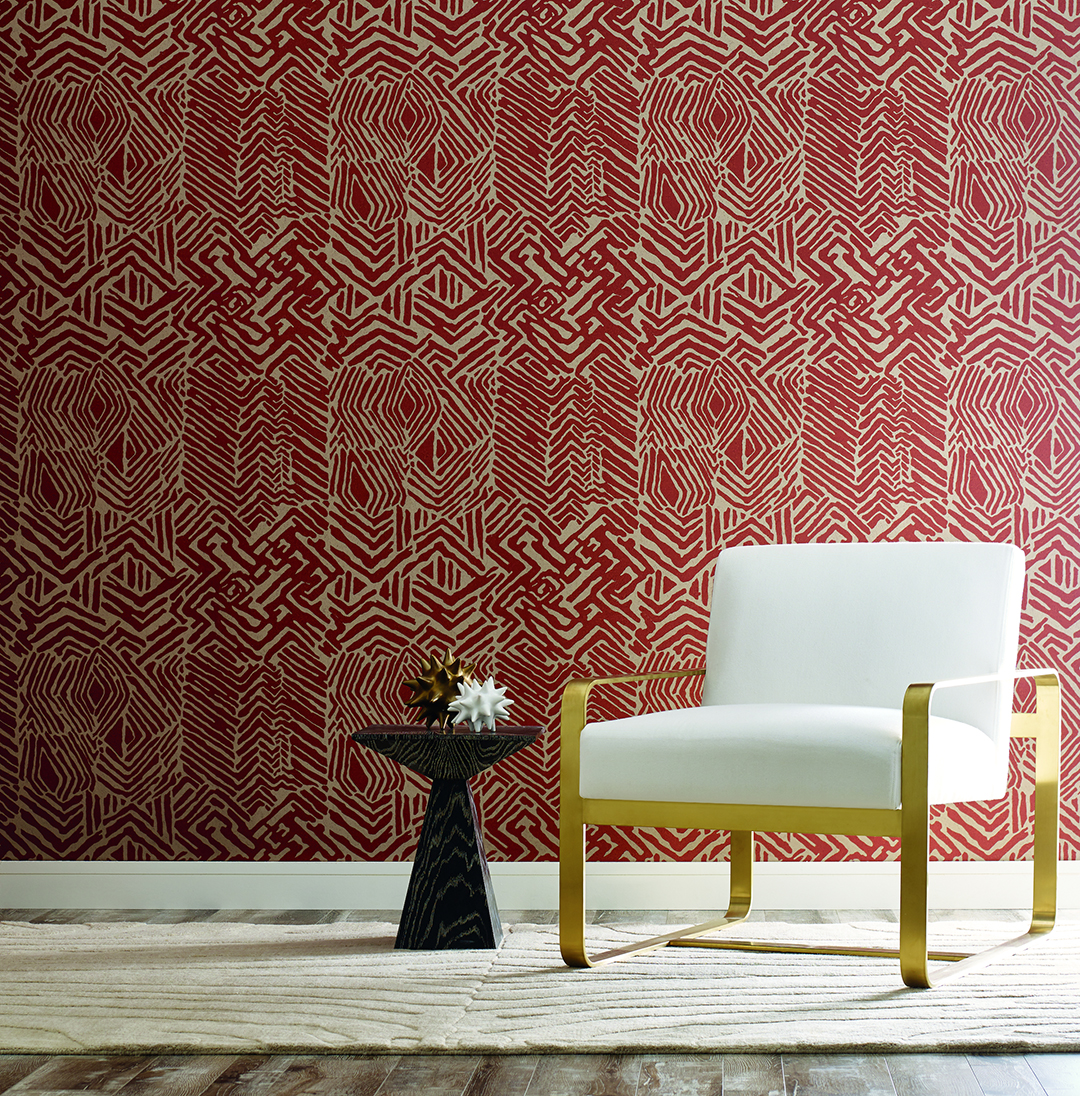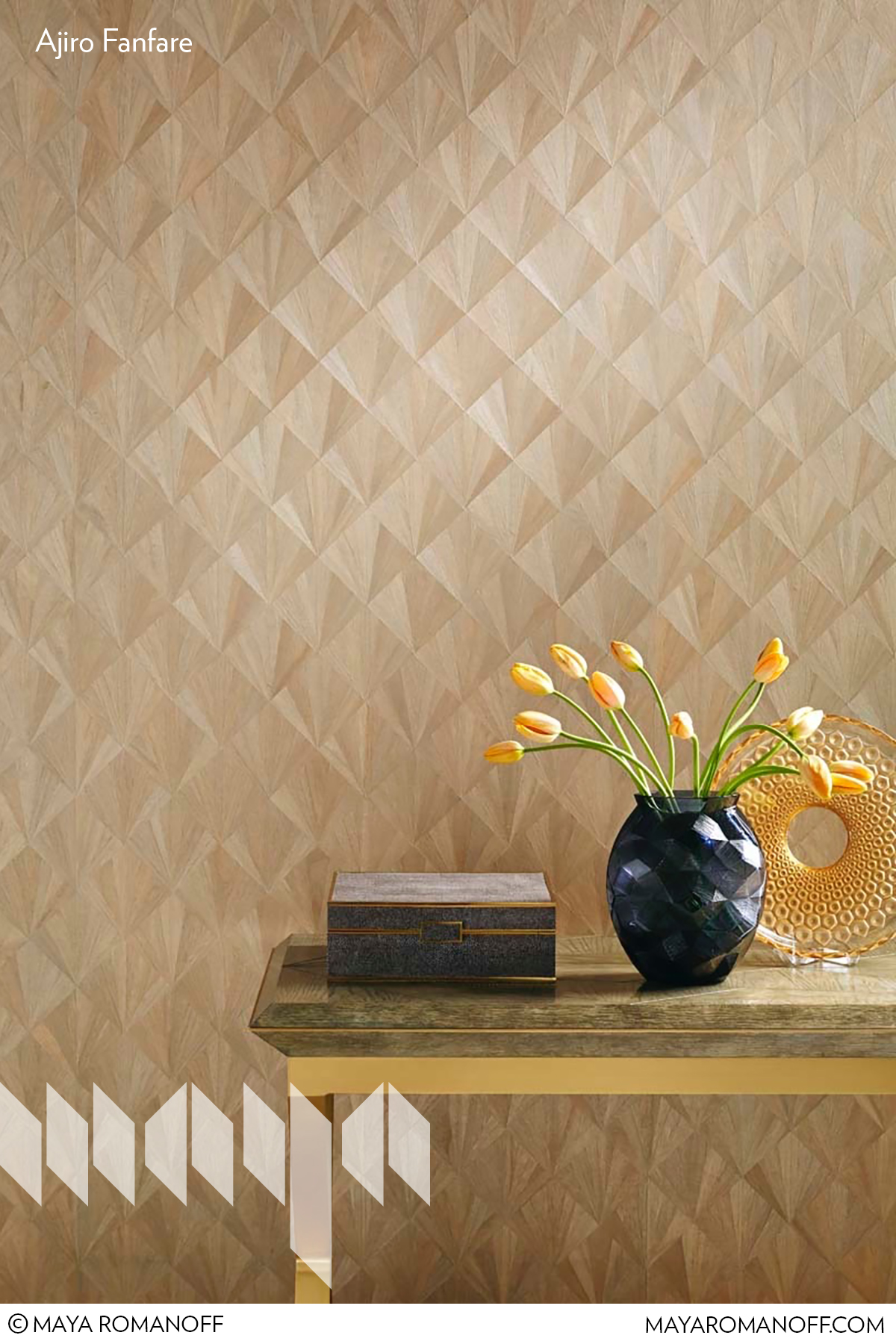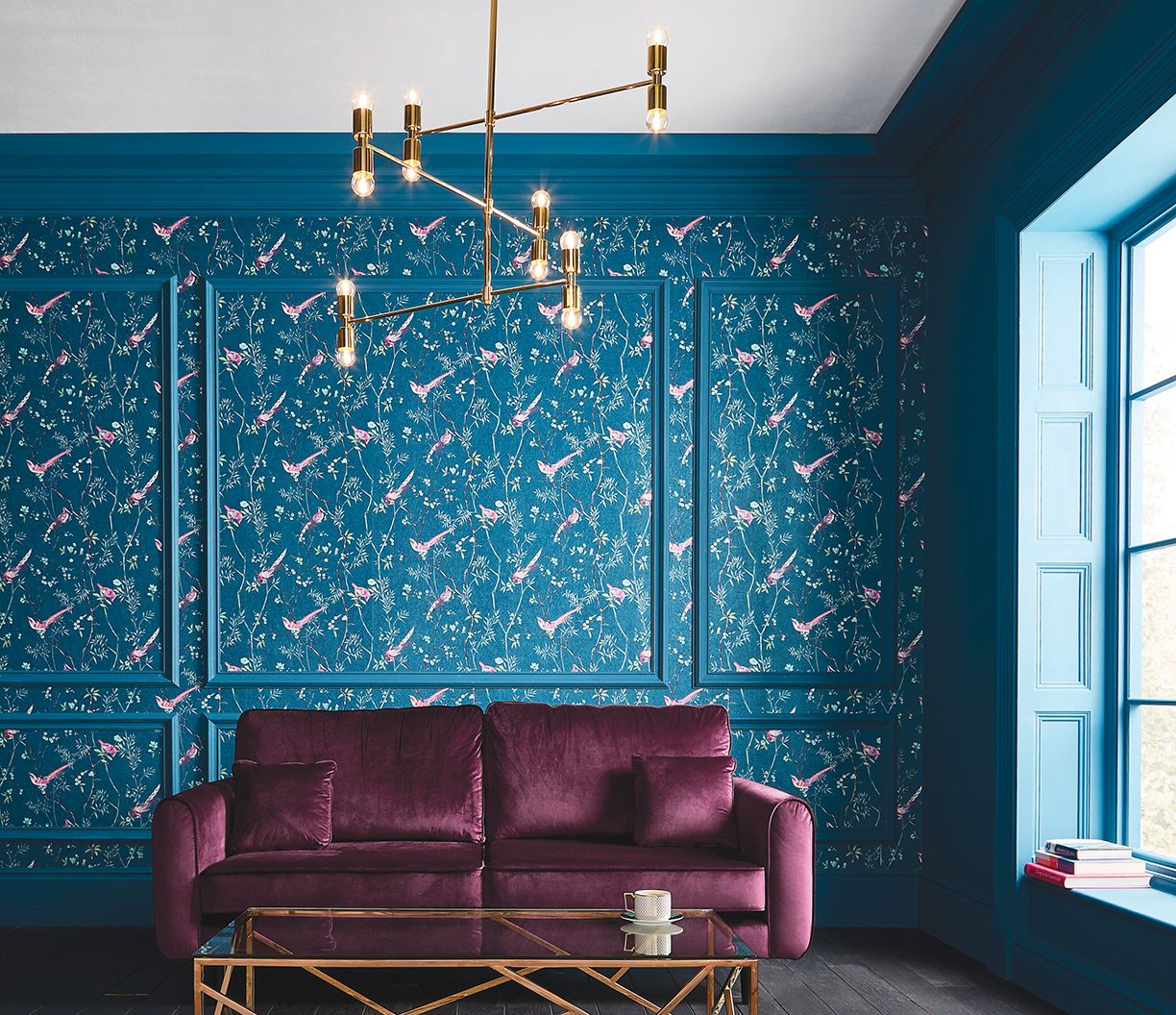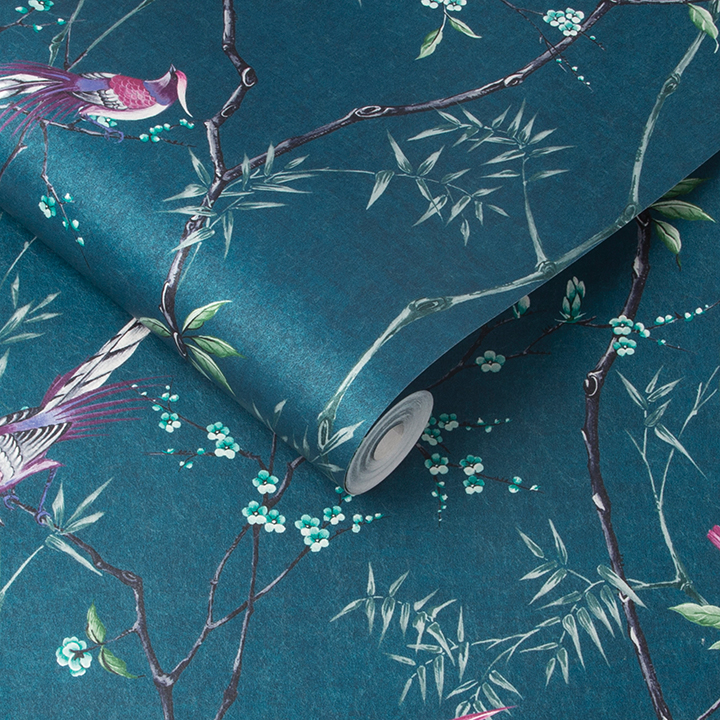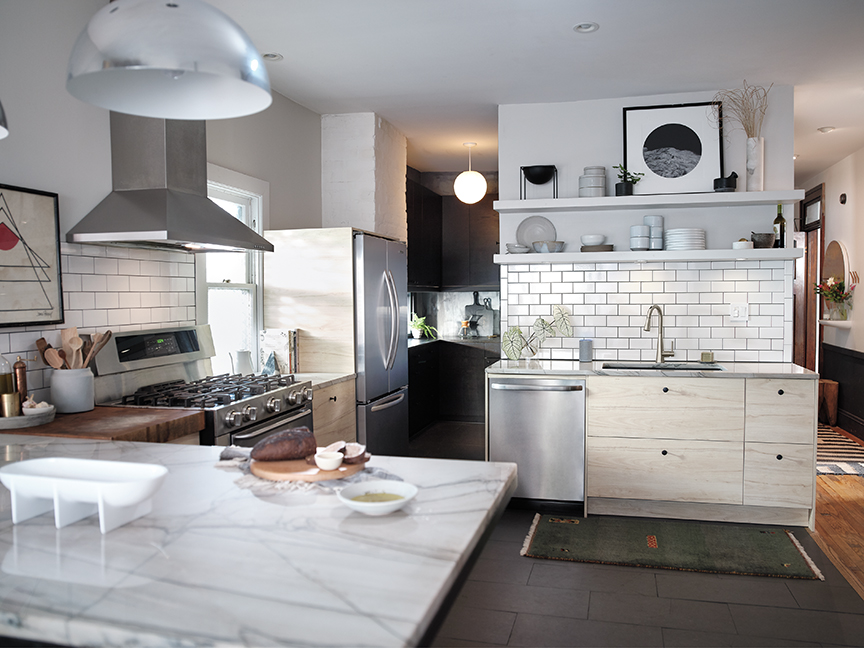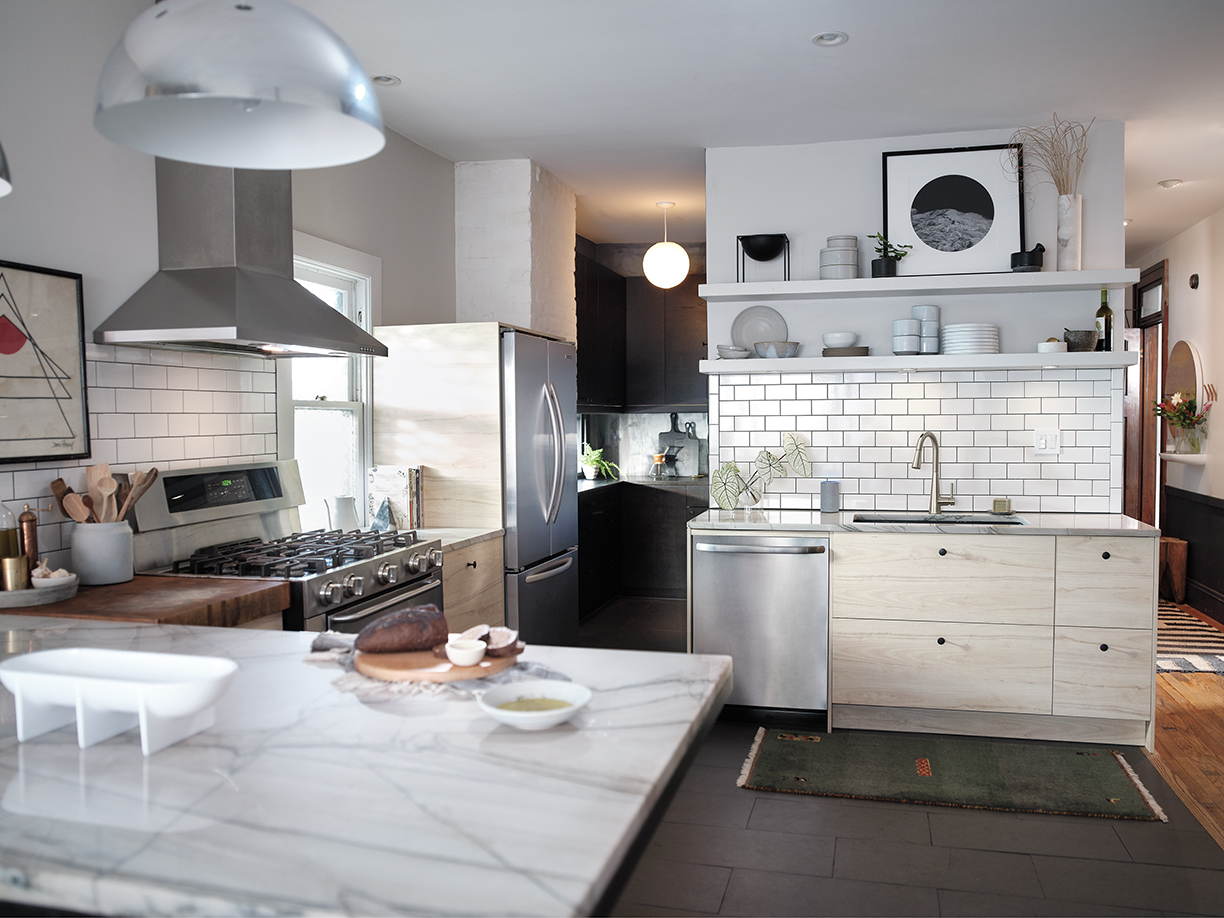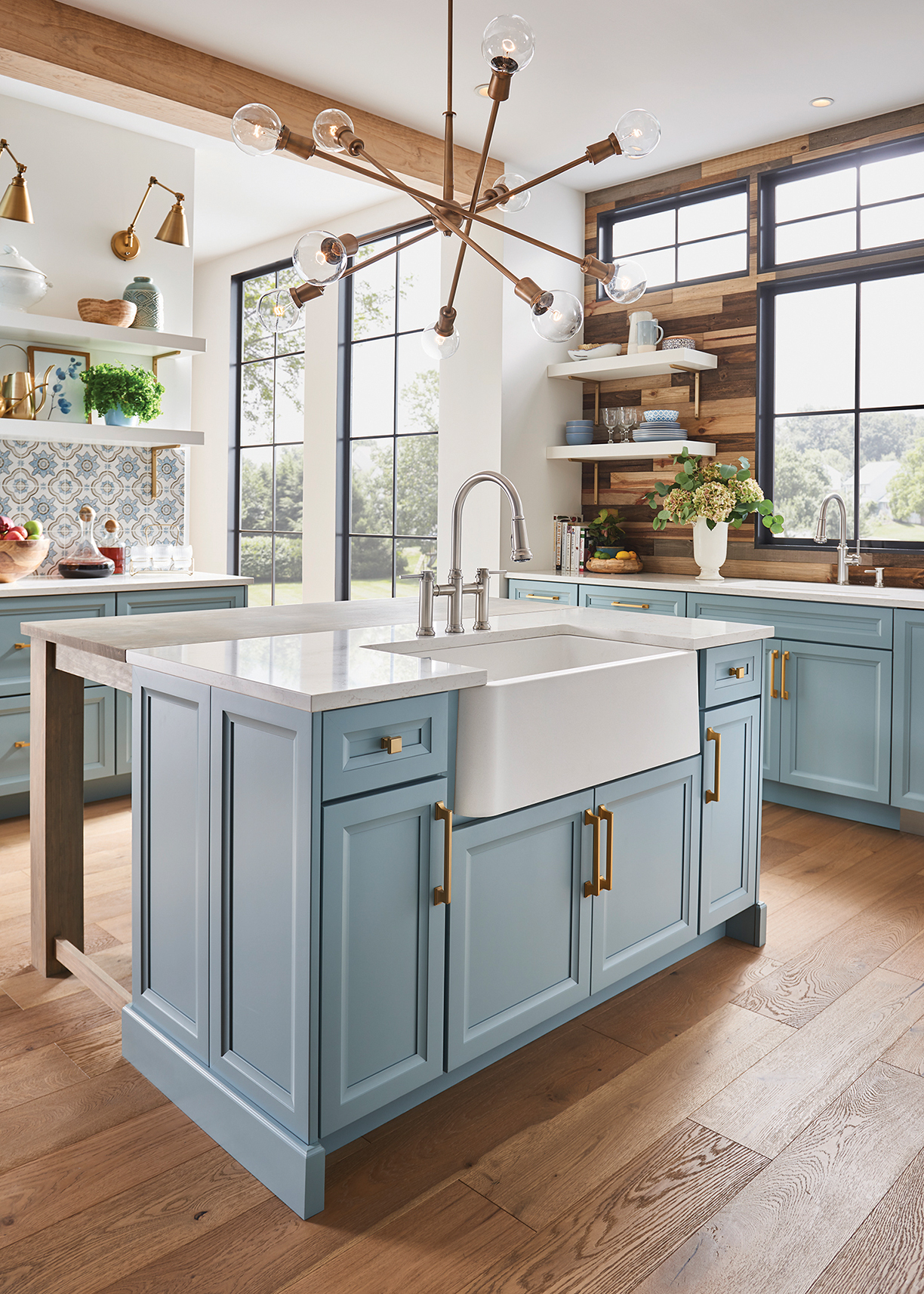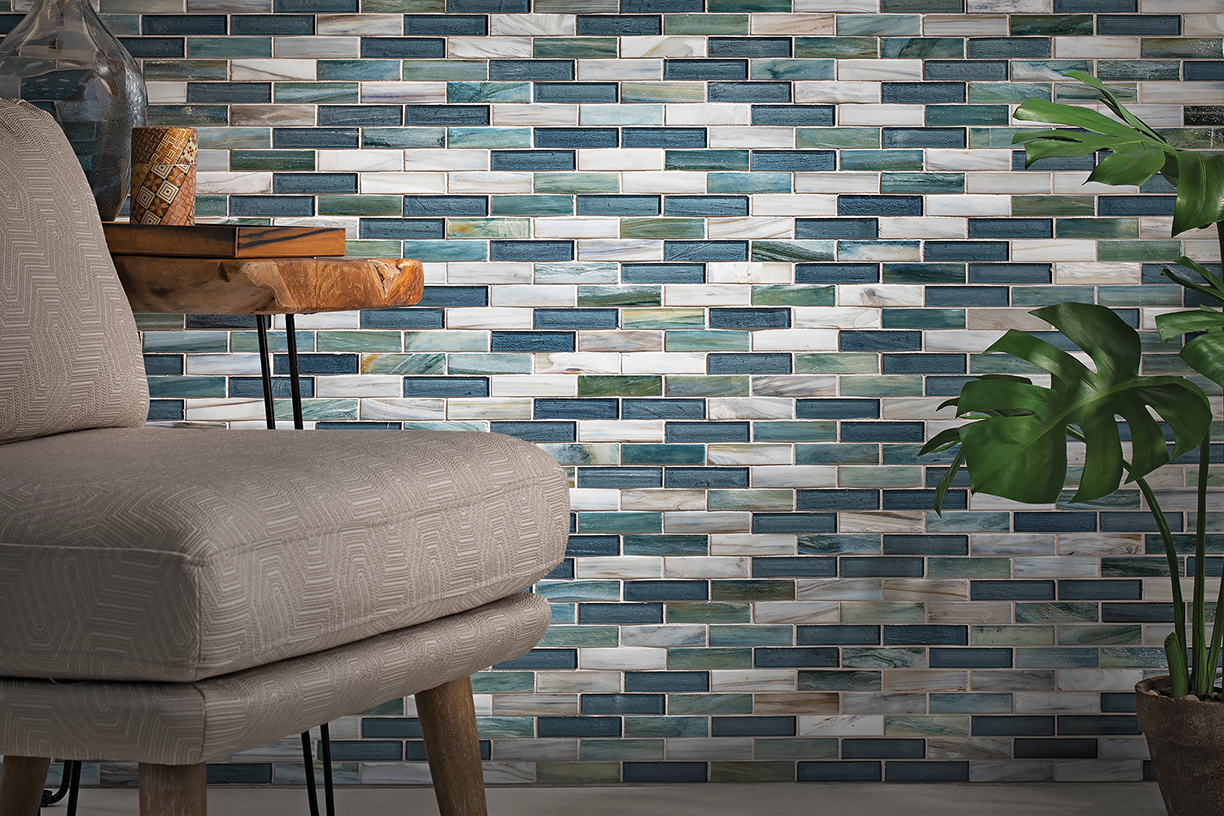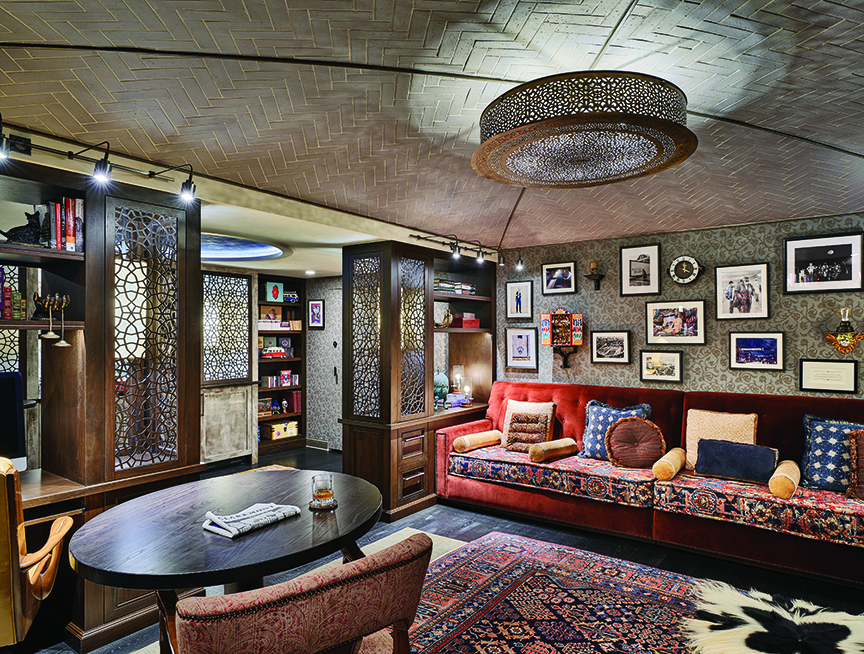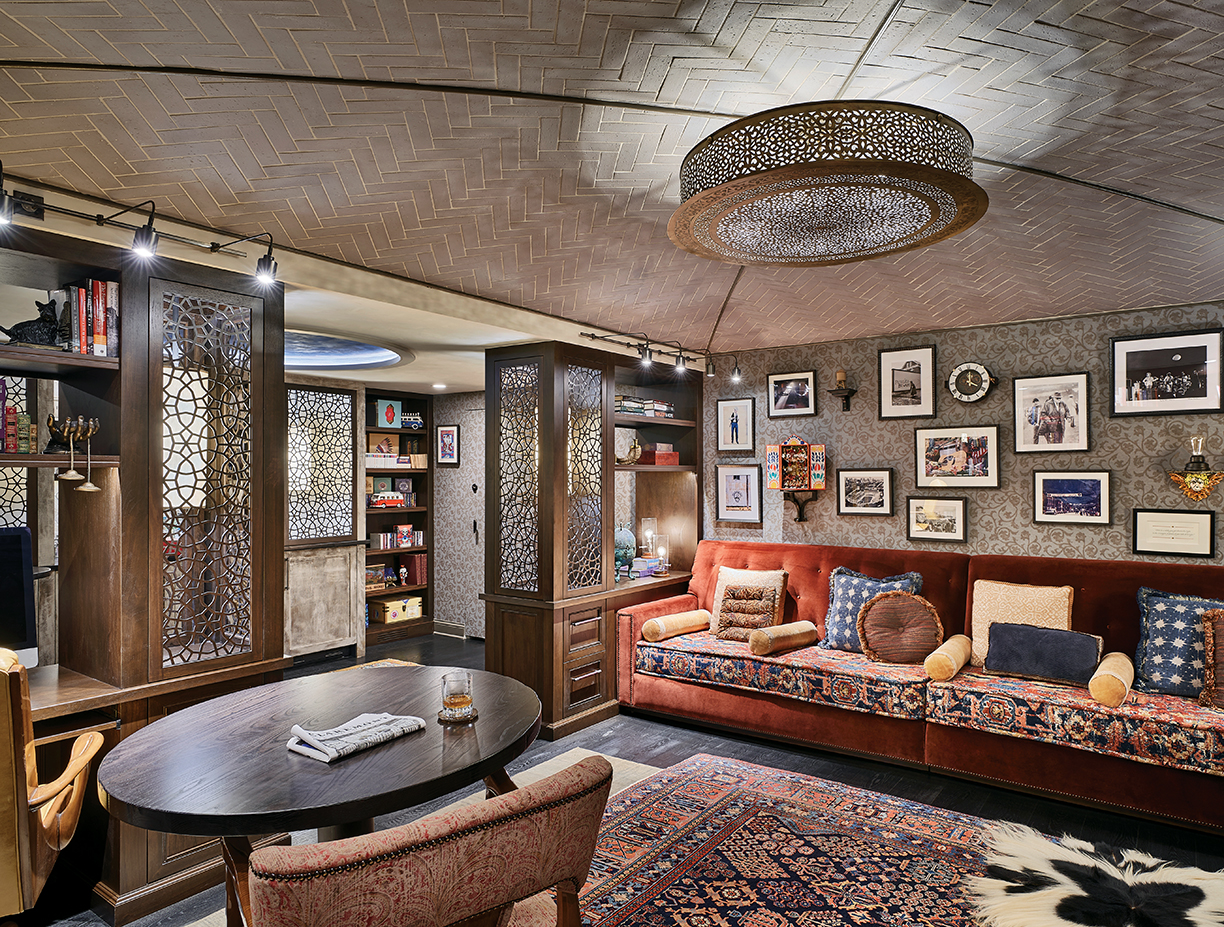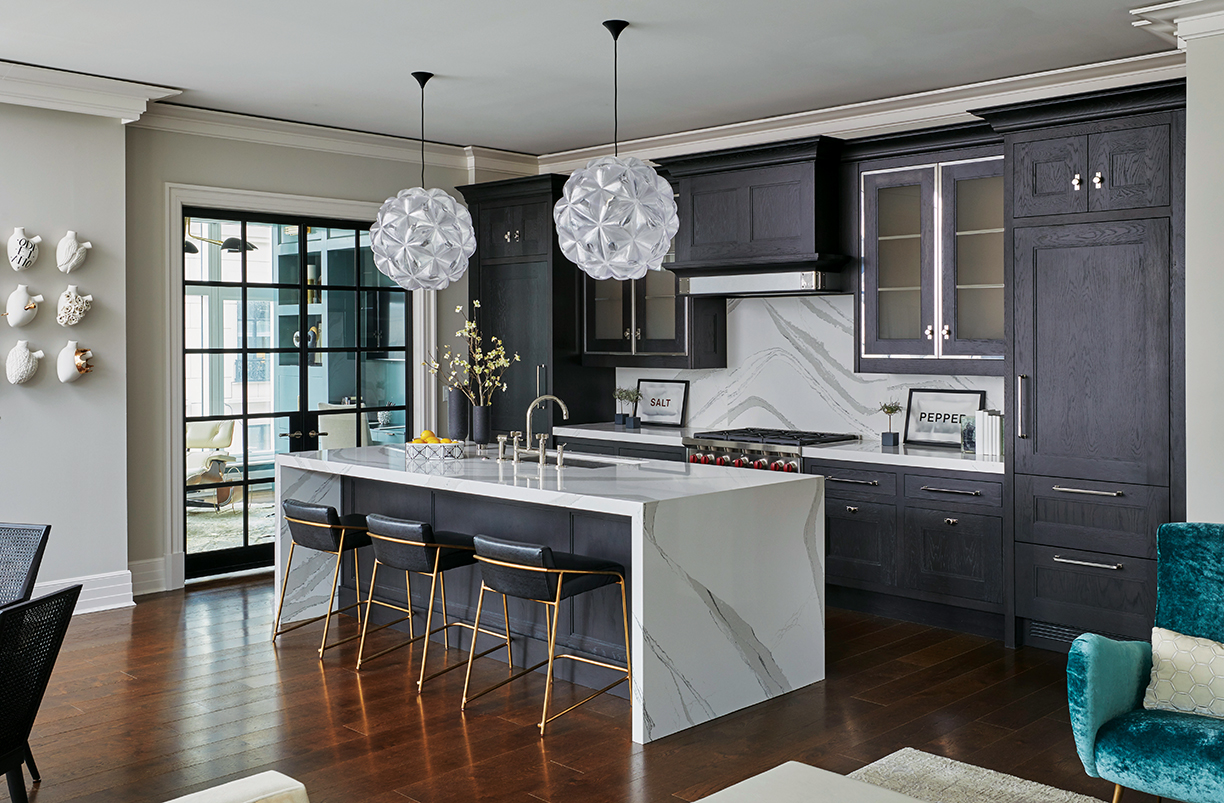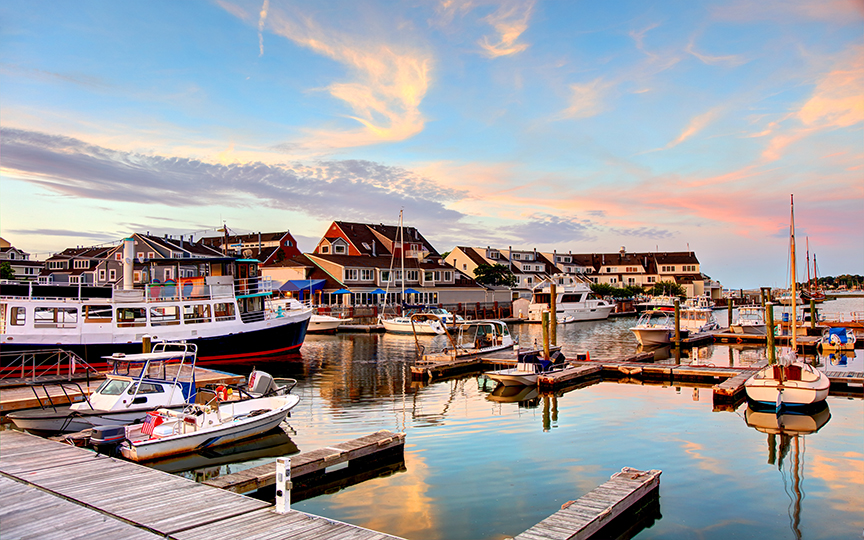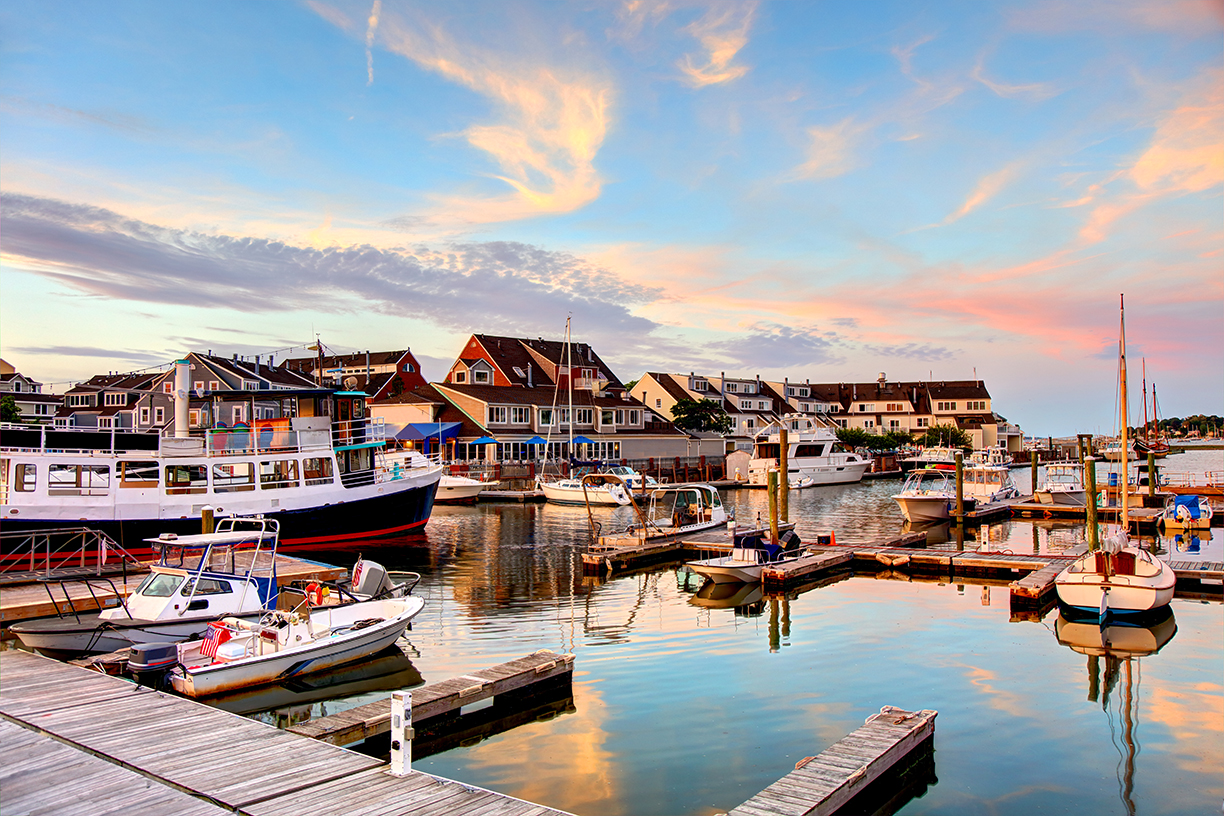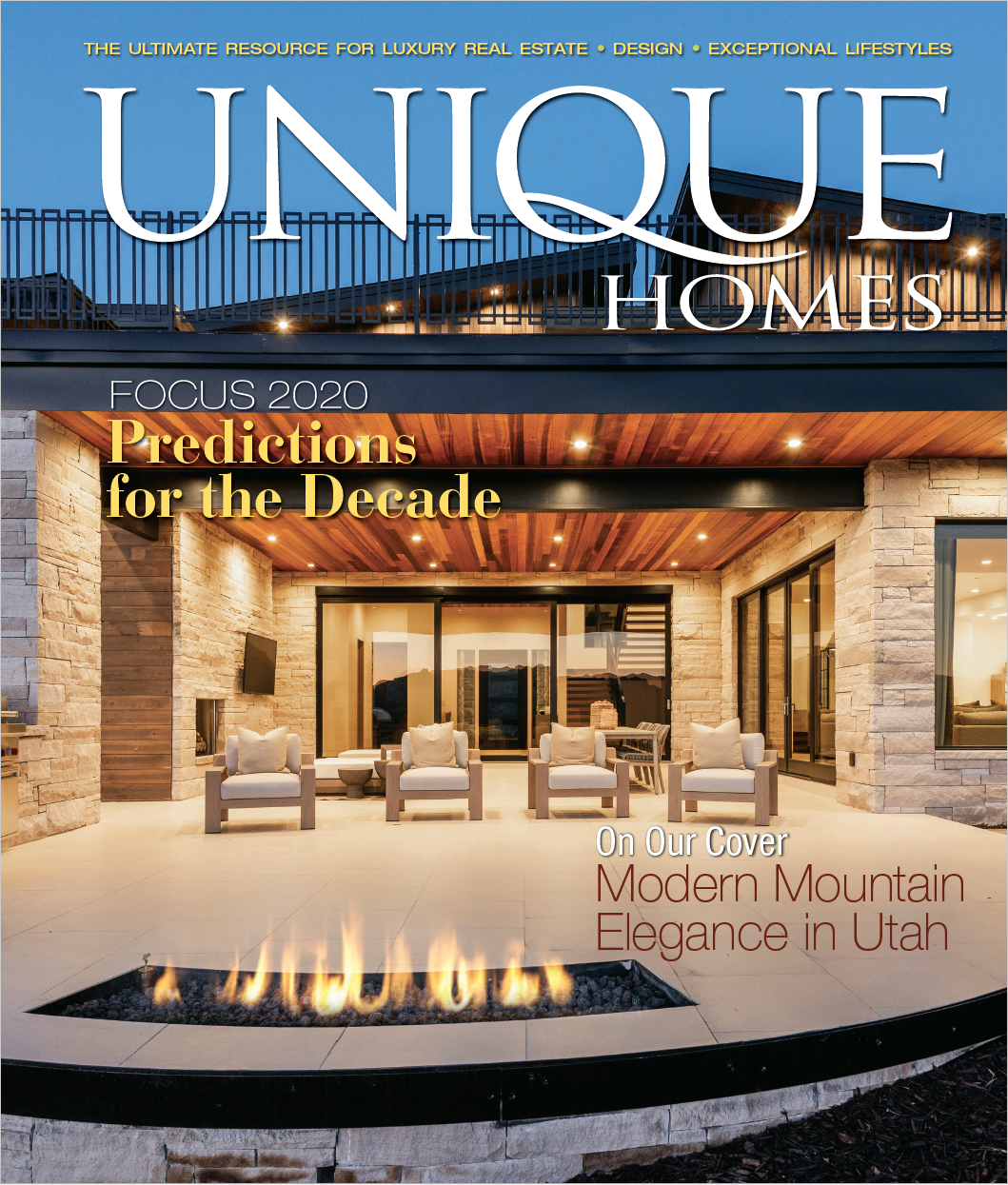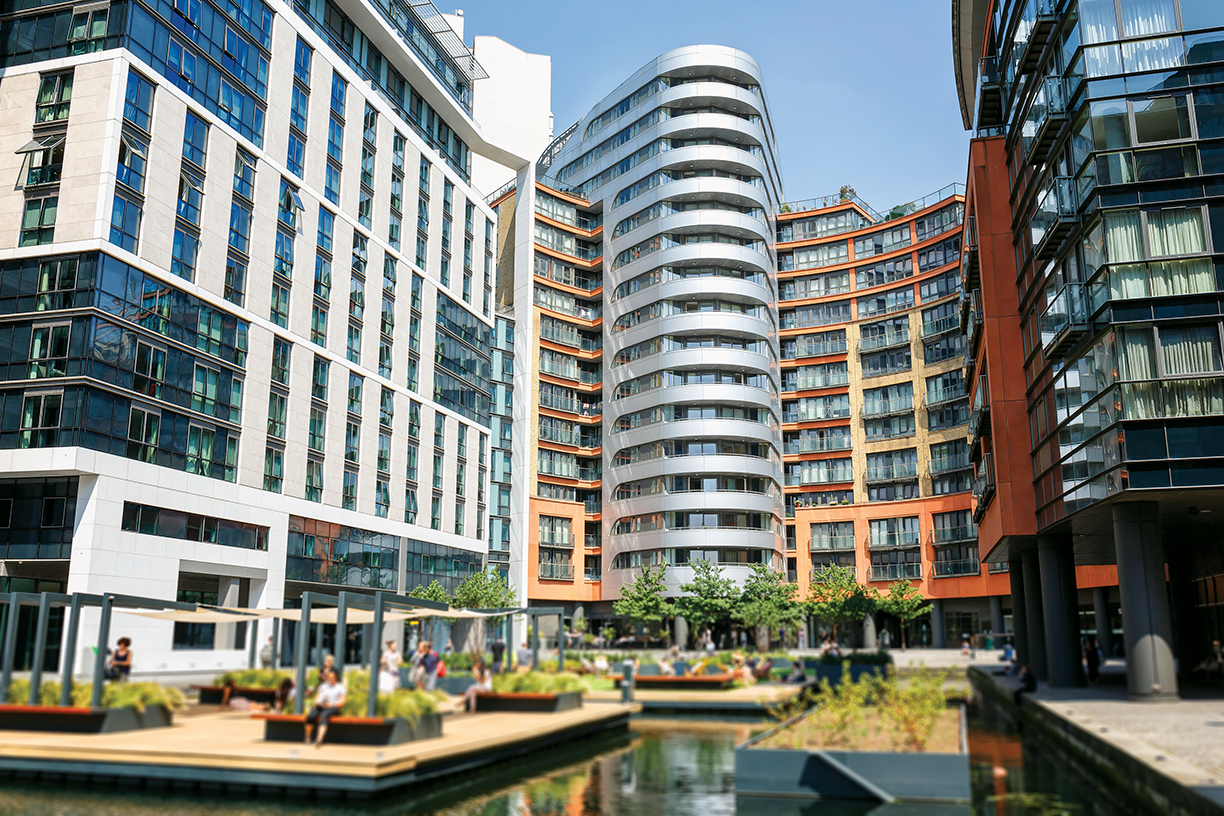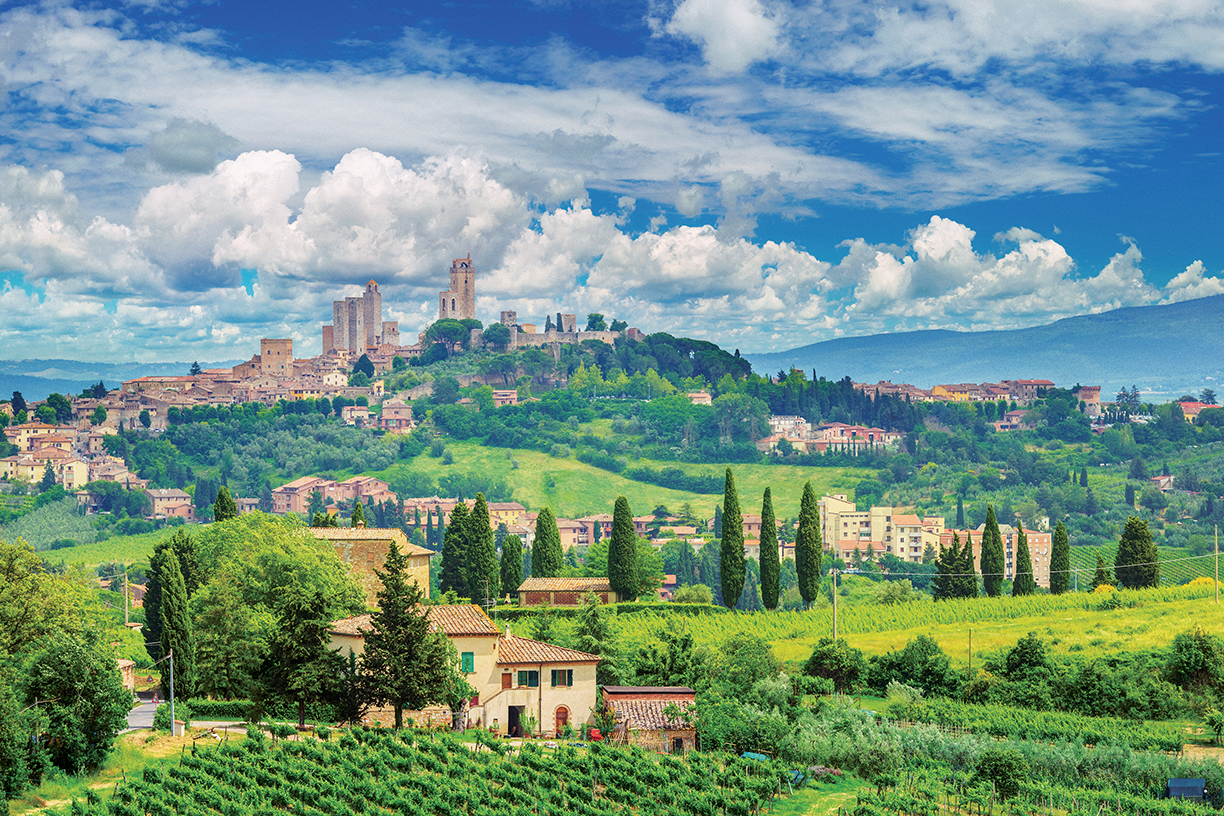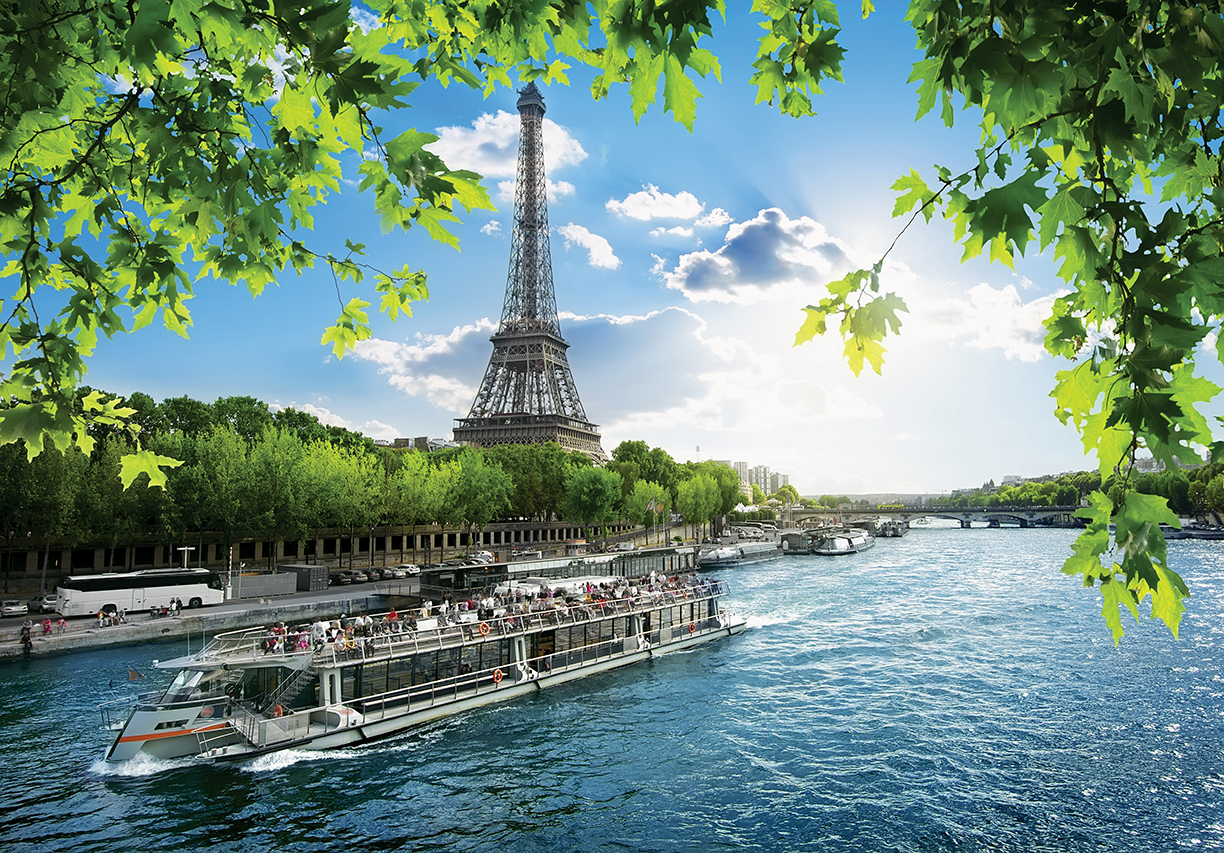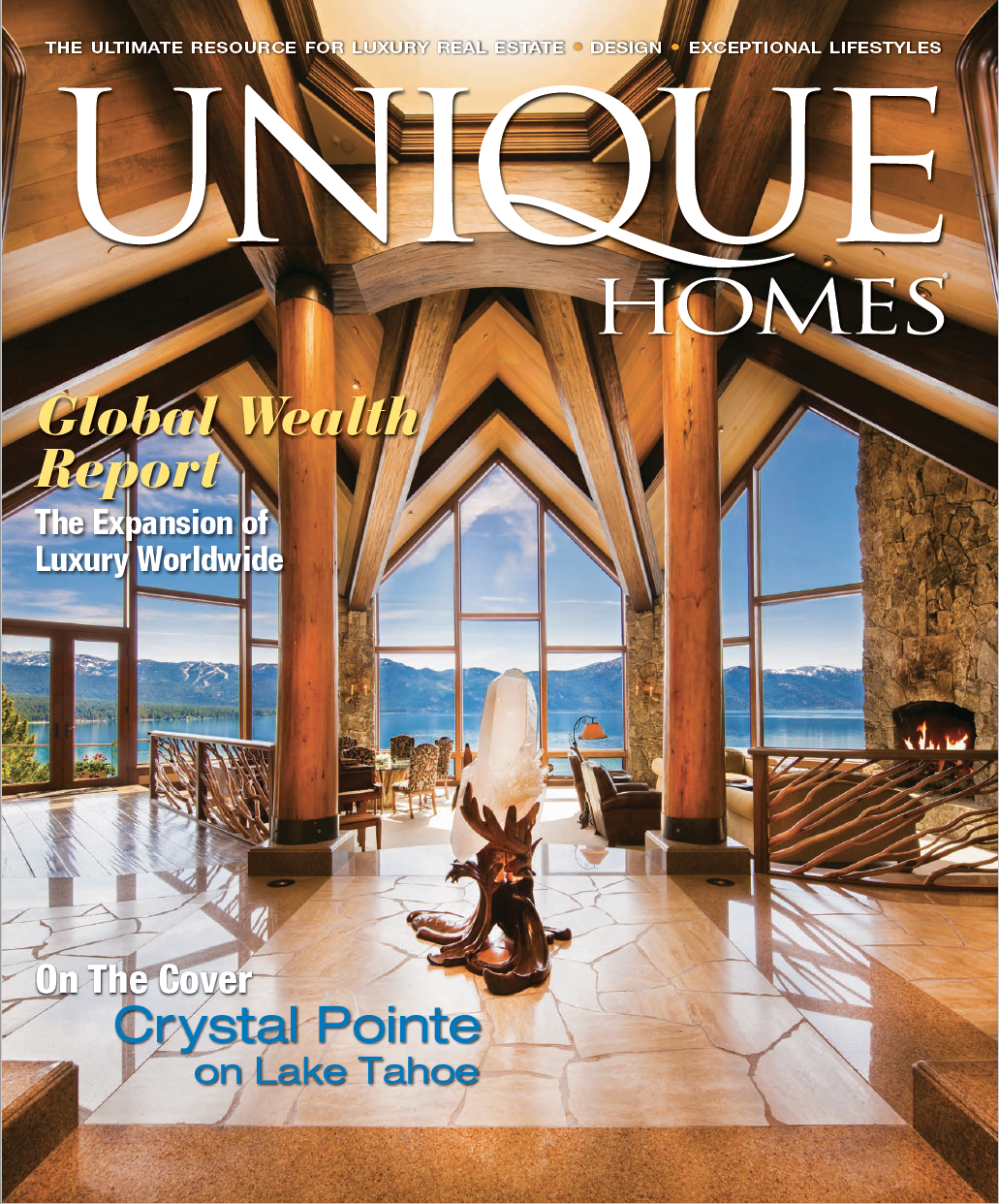Does the NAR settlement change anything or everything?
Perhaps March 2024 will be remembered as the month that turned real estate on end. Or perhaps not. The National Association of Realtors agreed to pay $418 million in damages and agreed to changes in rules regarding cooperative broker compensation. National news headlines are hailing the end of commissions as we know them. But industry experts are seeing it differently and debating what the lasting impacts will be.
Interestingly, the disputed rule regarding cooperative compensation was introduced in the 1990s in response to calls from consumer protection advocates regarding buyer representation.
Comments from the National Association of Realtors emphasize that the current rule sparking litigation “requires only that listing brokers communicate an offer of compensation” to cooperating agents. “That offer can be any amount, including zero.” Per NAR, the new rule, which could take effect as soon as July, prohibits offers of broker compensation on the MLS. The association also underscores that commissions have always been negotiable.
Already, many brokerages require buyers who work with a buyer agent to sign an agreement, but the proposed new rule would possibly require consumers to sign such an agreement early in the buying process, even before touring properties with that agent. Also, the issue of compensation will have to be addressed in such agreements.
Mark Moffa, longtime Unique Homes managing editor and a Realtor with Berkshire Hathaway HomeServices Fox & Roach, Realtors, in the Philadelphia area, expressed dismay at the headlines and coverage of the settlement.

“As a journalist at heart, I’m usually defensive of the media,” Moffa said. “But the headlines and coverage of this story have been so irresponsibly misleading. While the settlement still has to be approved, at this time there would seem to be two significant changes as a result. One is that offers of buyer broker compensation can no longer be made within the MLS — but they can and will still be made and conveyed via other means such as agent websites, so the impact of this might be minor.”
“The other is that buyer agents will need to have contracts with their buyer clients, and those contracts will have to address compensation in more detail than simply saying that buyer broker compensation will be whatever amount the seller is offering. Buyer agents will not be able to earn more than what is in the contract with their client,” Moffa added.
Moffa notes that this presents interesting dynamics, such as what happens if a buyer agent contract calls for 2.5% compensation but a seller is offering 3%? Does the selling agent get the extra? Does the seller get it back? That answer will depend on the terms the selling agent has agreed to with their client, an interesting new wrinkle for seller agents about which there has been little coverage.
“The bottom line is that buyer agents are going to have to do more work up front with their clients, and be more nuanced and more involved in compensation negotiations than they have in the past,” Moffa said. “But does this mean that seller compensation to buyer agents is going away? Not at all. The fact remains that in most cases, the sellers will continue to have a greater ability to pay the commissions than the buyers. And if you’re a seller, you want your house to be available to the largest pool of buyers possible. If you’re selling and not offering buyer broker compensation, but the other sellers on the market are, then you’re at a disadvantage.
“Market dynamics will continue to drive the economics of home selling and buying,” he added. “Studies quoted in the media about this settlement touting a big decrease in commissions are from when the verdict was announced in November and are presuming a complete decoupling of commissions. That is not what this settlement does.”
The one thing the settlement has evoked is widespread speculation regarding outcomes. Speculation includes lowering commissions on both ends of a transaction, fewer buyers using an agent, unbundling services, allowing buyers to pick and choose agent services and fees, and an increase in the number of homes marketed outside the MLS. Clearly, the potential to recalibrate the transaction is considerable.
“The proposed settlement could still let the seller offer money for a buyer to allocate to the buyer’s agent, and it doesn’t prevent that offer from being included in general-purpose listing-database fields. In the same way, a seller might acknowledge a defect in the roof that will have to be repaired, a seller can anticipate that a buyer will have to pay her agent 2.5% of the sales price and promise to support that fee in agent-only remarks,” commented Glenn Kelman, CEO of Redfin.
While NAR’s settlement covered a majority but not all the association’s members, suits against large brokerages remain. A week after NAR’s judgment, Compass agreed to settle commission lawsuits for $57.5 million. RE/MAX, Anywhere, and Keller Williams Realty have also reached settlements in similar suits.
Clearly, it’s going to take time for these changes to play out.



